Judith Chernoff and Jeffrey Bernstein
Based in Laurel, Maryland, Judith Chernoff and Jeffrey Bernstein are craft advocates and avid collectors. They focus on sculptural and turned wood but collect a range of other media, including baskets, ceramics, fiber and glass.
Over the past thirty years, their wood collection has grown to include outstanding museum quality pieces from artists nationally and around the world. With the belief that sharing their collection with the public is what gives it greater meaning, they recently donated 43 objects in wood to the Smithsonian American Art Museum’s Renwick Gallery. In addition, over the years, they have opened their home to give educational collection tours to many wood centered groups and those new to wood.
Jeffrey and Judith have each held the position of President of Collectors of Wood Art, Jeffrey from 2009–2010 and Judith from 2014–2016. Judith has also been a volunteer docent at the Smithsonian’s Renwick Gallery since 2012.
Header Image: Mary Savig, Judith Chernoff, and Jeffrey Bernstein. Photo: Denise Kang

Erik & Martin Demaine
Erik Demaine and Martin Demaine are a father-son math-art team. Erik is at the Massachusetts Institute of Technology, as a Professor in Computer Science. He received a MacArthur Fellowship in 2003. Martin started the first private hot glass studio in Canada and has been called the father of Canadian glass. Since 2005, Martin Demaine has been an Artist-in-Residence at the Massachusetts Institute of Technology. In these capacities, Erik and Martin work together in paper, glass, and other material. They use their exploration in sculpture to help visualize and understand unsolved problems in science and their scientific abilities to inspire new art forms. Their artistic work includes over 300 curved origami sculptures, including pieces in the permanent collections of the Museum of Modern Art (MoMA) in New York and the Renwick Gallery in the Smithsonian. Their scientific work includes over 100 published joint papers, including several about combining mathematics and art, and spanning over 500 co-authors. They are excited to bring this collaborative research approach to art as well.
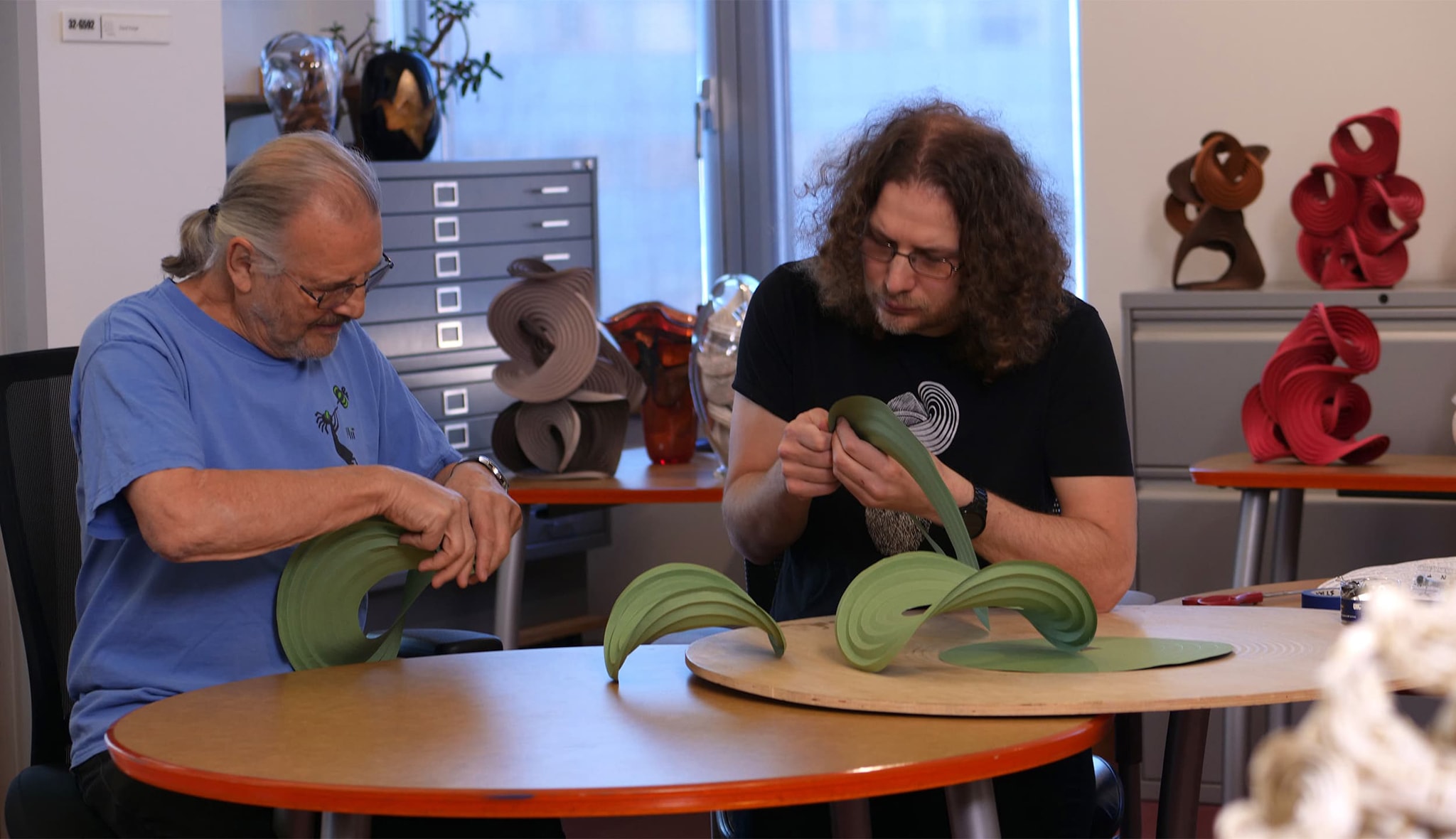
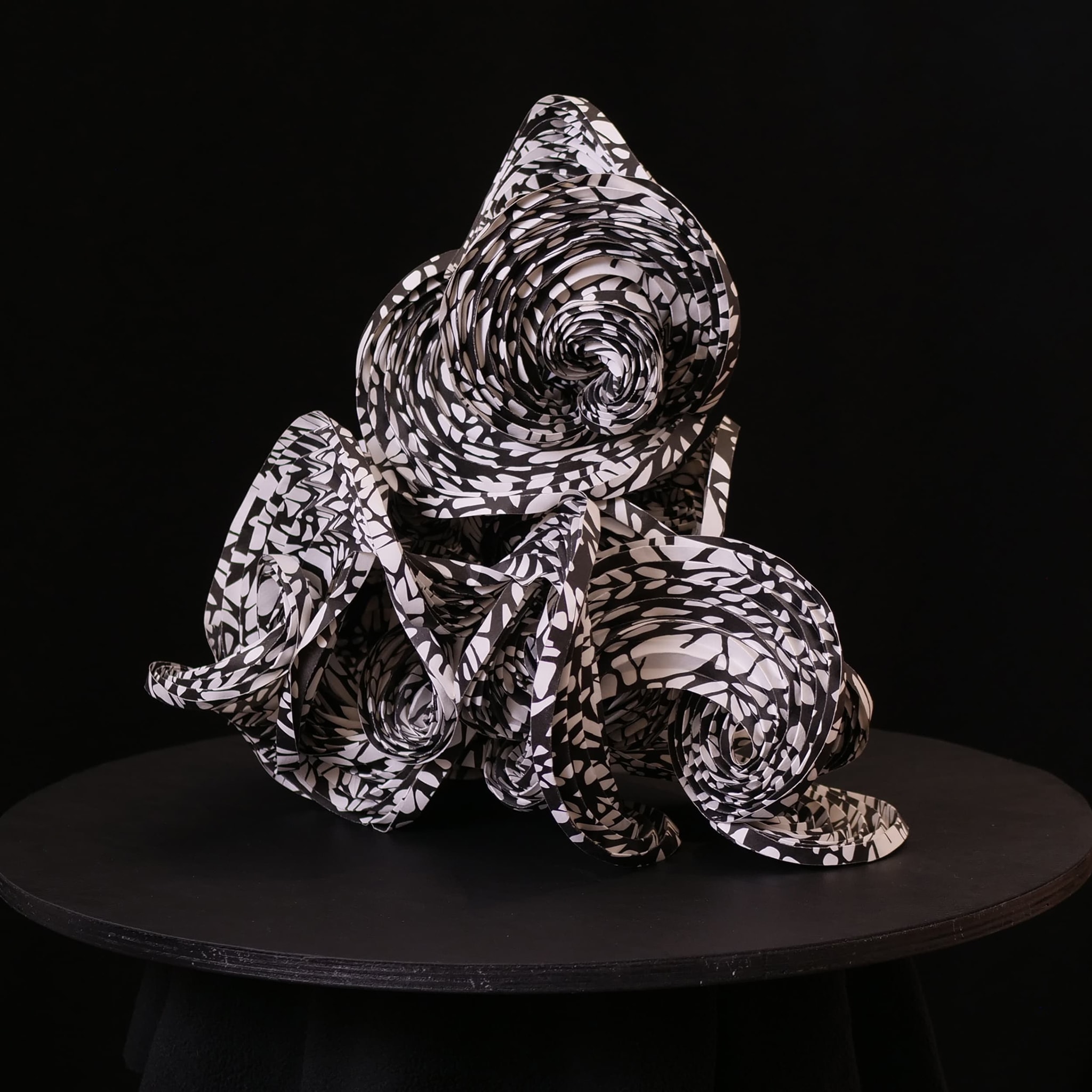
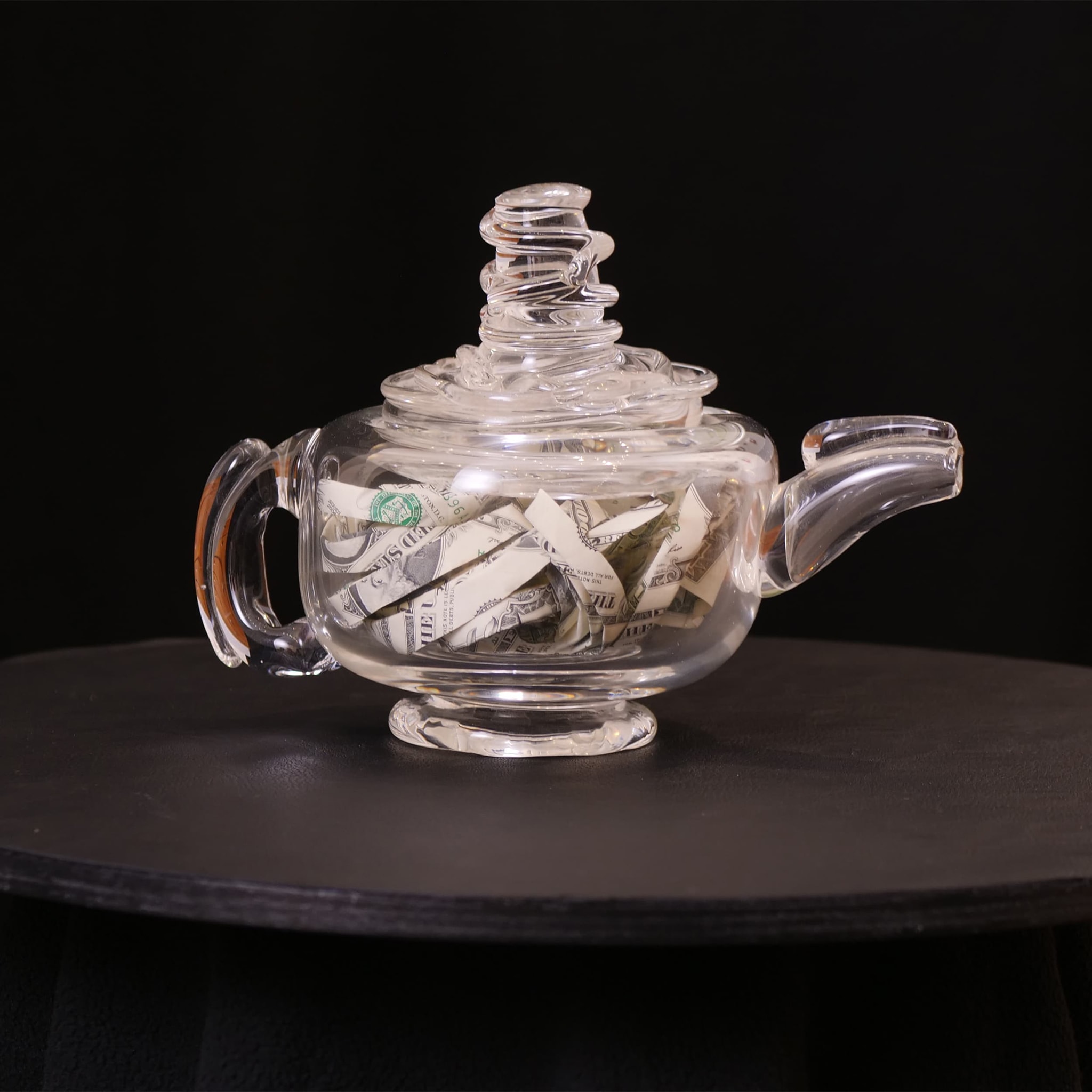
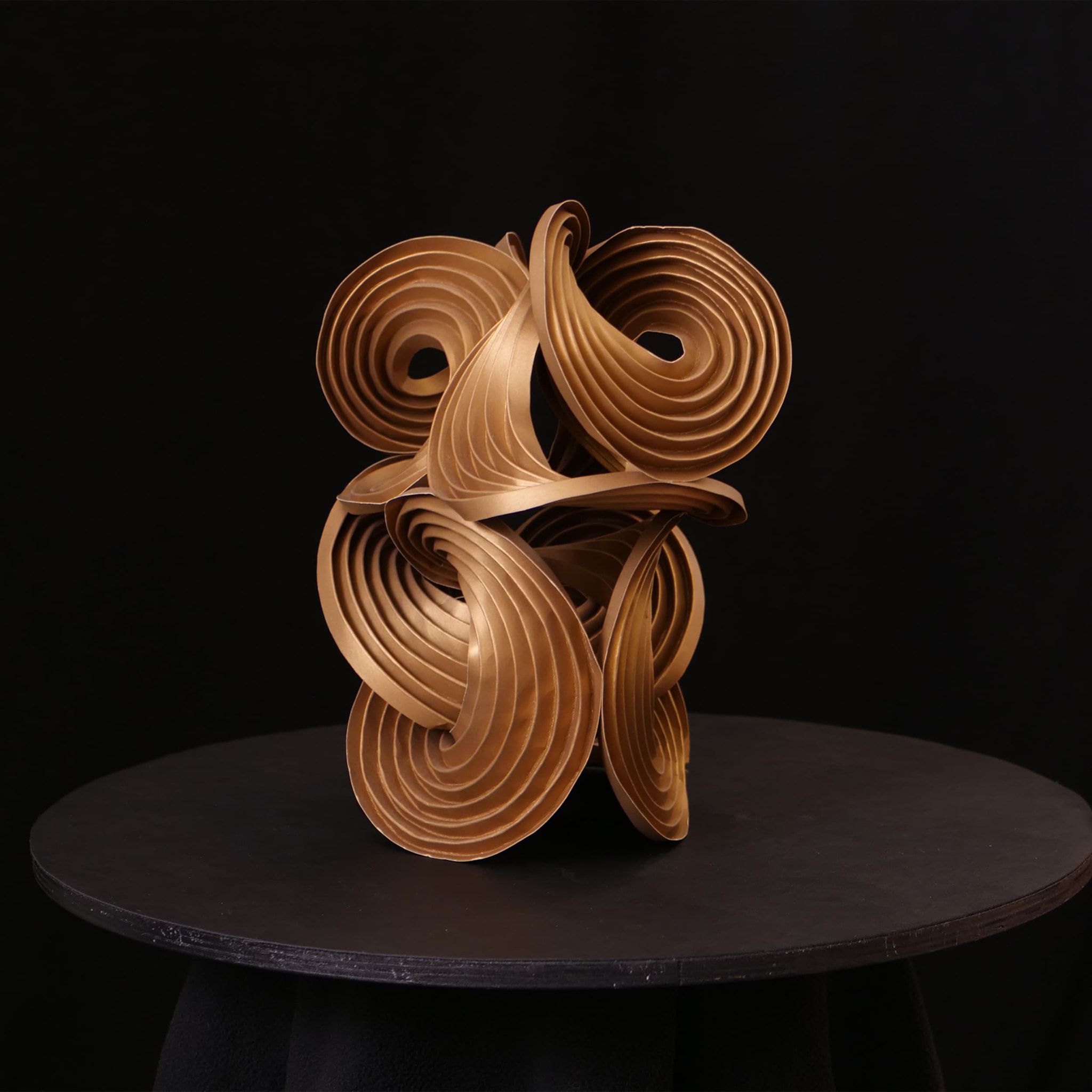
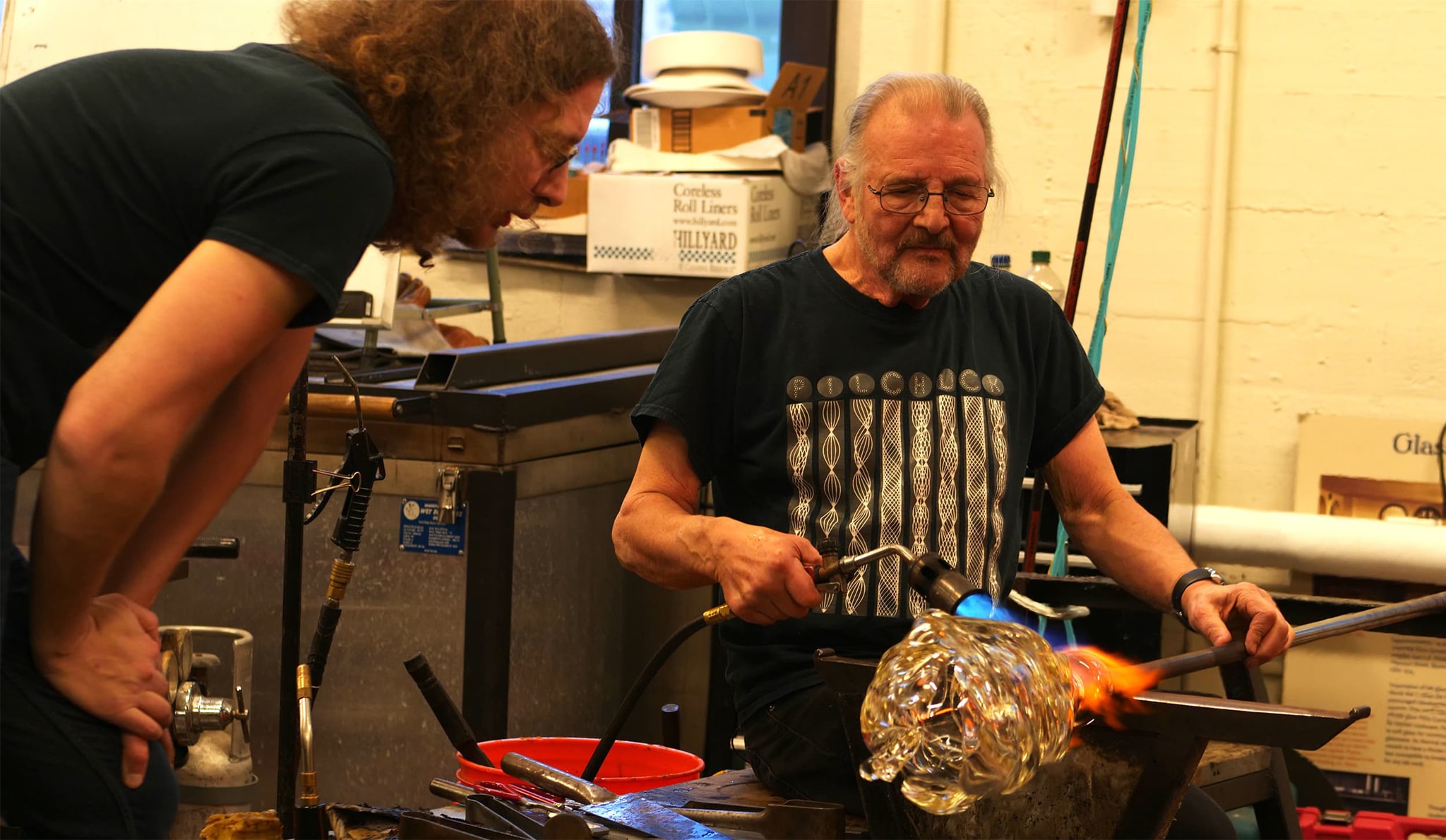
Artist Talk: John Luebtow and Stephen Edwards
On the occasion of the exhibition, Between the Lines, John Luebtow and Stephen Edwards talk about their overlapping early development in Los Angeles, careers as teaching artists, and how they used their experience to build state-of-the-art shops for glassmaking on the West and East coasts.
recorded-talks-and-interviews
…..
Between the Lines: John Luebtow and Stephen Edwards Opening Reception
Please join the artists to celebrate the opening of this exhibition featuring innovative work in glass and ceramics.
Stephen Edwards
Stephen Dee Edwards graduated from Illinois State University with a Master of Fine Arts Degree in 1980. In 1982 he established his first private glass studio in Micaville, North Carolina. It was close to the Penland School of Crafts where he worked as an artist-in-residence.
In 1988 he began teaching at Alfred University in New York State, where he taught for 22 years, building one of the largest hot glass programs in the United States. Edwards retired from teaching in 2010 to work full time in his home glass studio in Alfred Station, New York. In 2014 he moved to the Ojai Valley in California, where he now continues his studio practice.
Edwards’ work can be found in over 30 public collections including the National Art Gallery at the Smithsonian Institution, Hokkaido Museum of Modern Art, Corning Museum of Glass and he has exhibited in numerous galleries and museums across the globe. Edwards is a member of the international Glass Art Society (GAS) and a former President of GAS.
Between the Lines: John Luebtow and Stephen Edwards
This exhibition pairs the work of two long-standing, luminary glass sculptors, Stephen Edwards and John Luebtow. Insatiably curious about process, both artists consistently push the boundaries of material exploration and technical development. Working in varying scales and sizes, they have each proven the adaptability for glass as a sculptural and expressive medium. For both artists, work begins and has largely emanated from the line, which defines their forms. Reading into their works and between the lines always unveils existential messages and added layers of philosophical and personal meaning.
Works in the exhibition include Luebtow’s initial entry point into the art world via ceramics in the late 1960s, when he first considered concepts of line, form, color, and spirituality. With an overlapping artistic ideology, the exhibition will feature never-before shown recent sculptures by Edwards, as well as quintessential, retrospective works spanning the past two decades.
In addition to illustrious careers, the two masters have been instrumental in creating powerful education programs and facilities in glass and have taught scores of students; Luebtow at Harvard-Westlake School here in Los Angeles, and Edwards at Alfred University in New York. Anecdotally, the two artists are also tied by a teacher/student relationship: Edwards was once a budding high school art student of Luebtow. Their artistic and personal lineage is multifaceted.
Virtual Gallery
Click and drag, or use your arrow keys, to see a 360º view of the virtual space.
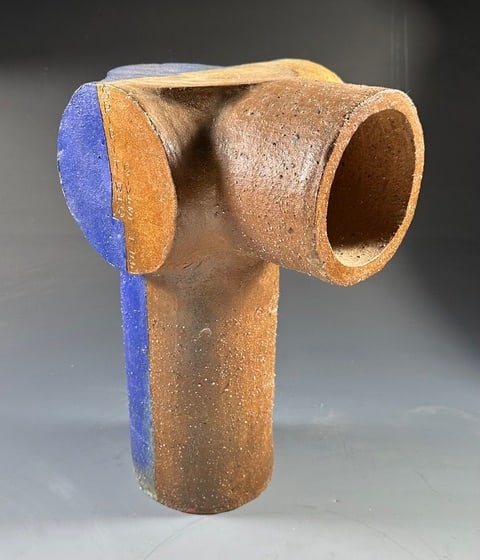
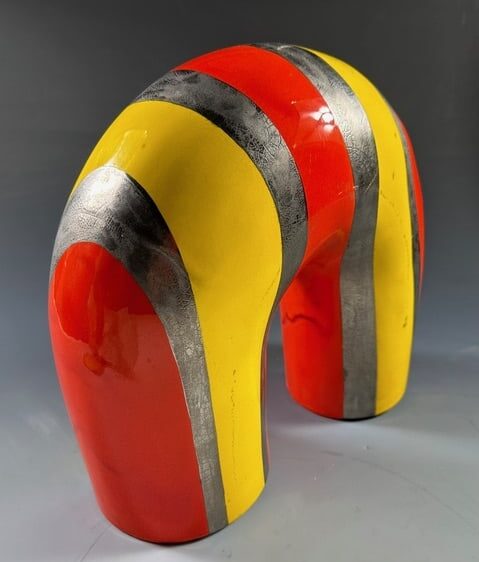
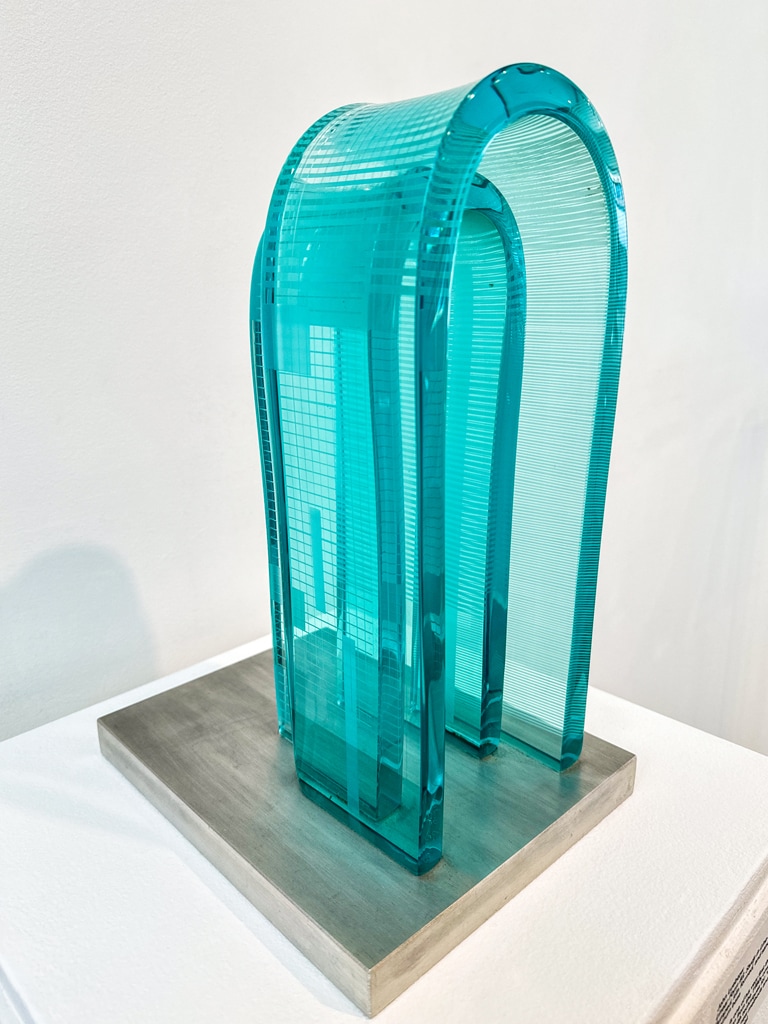

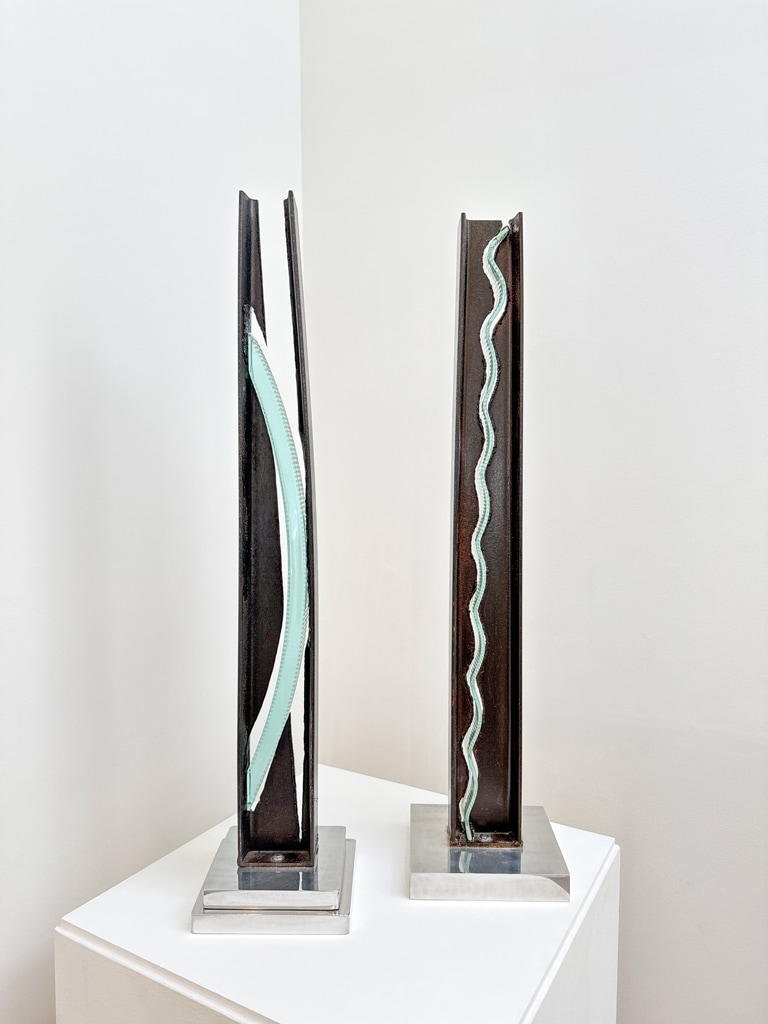
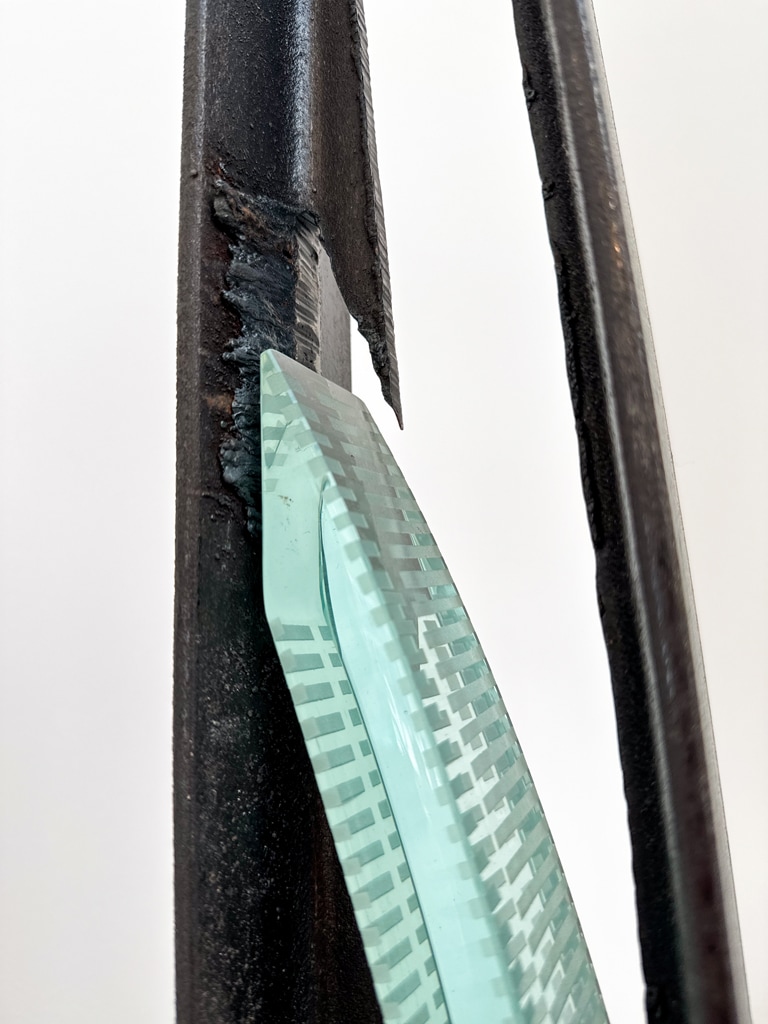
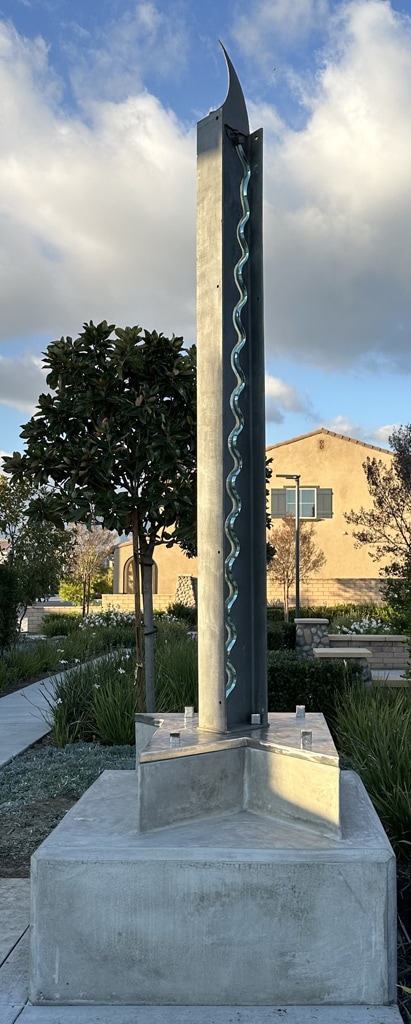
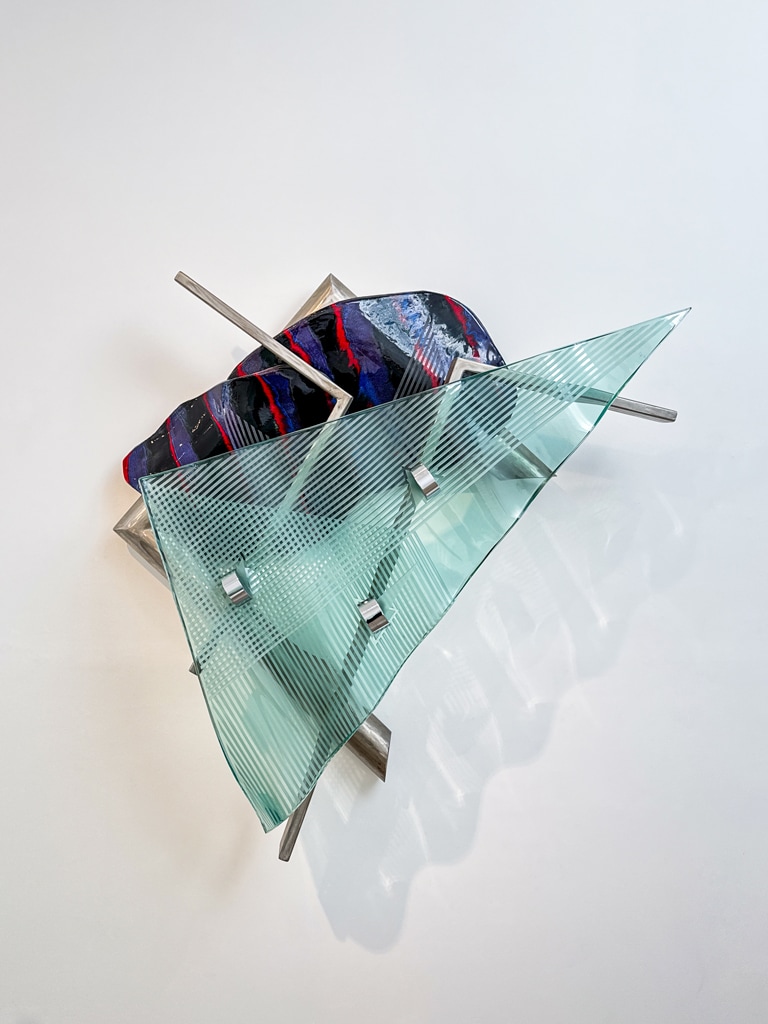
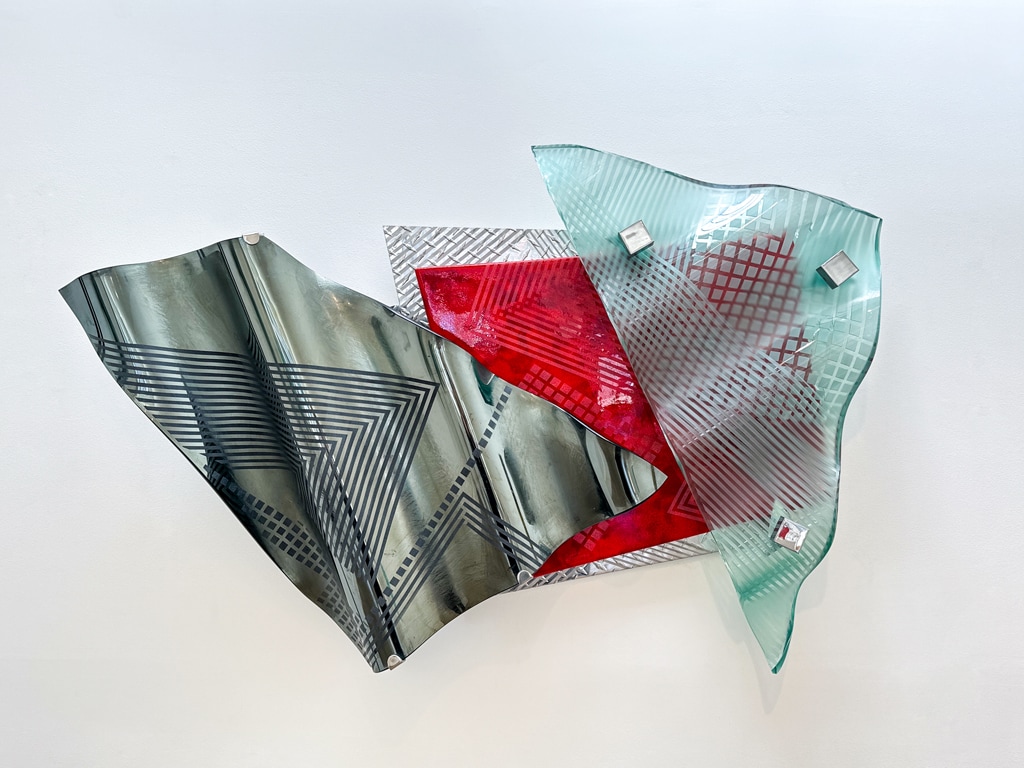
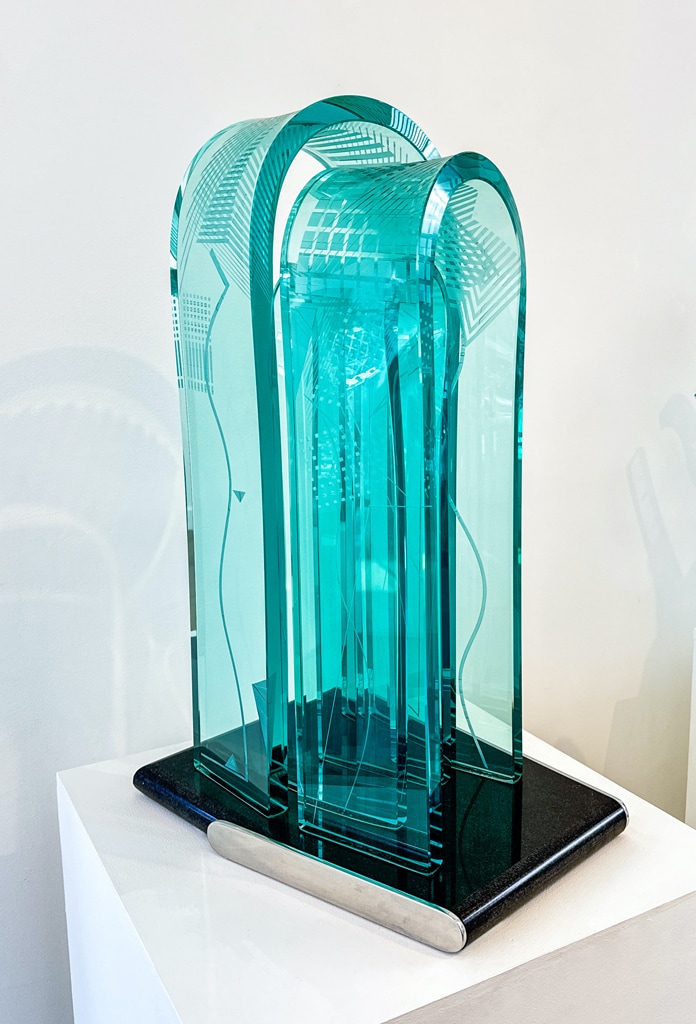
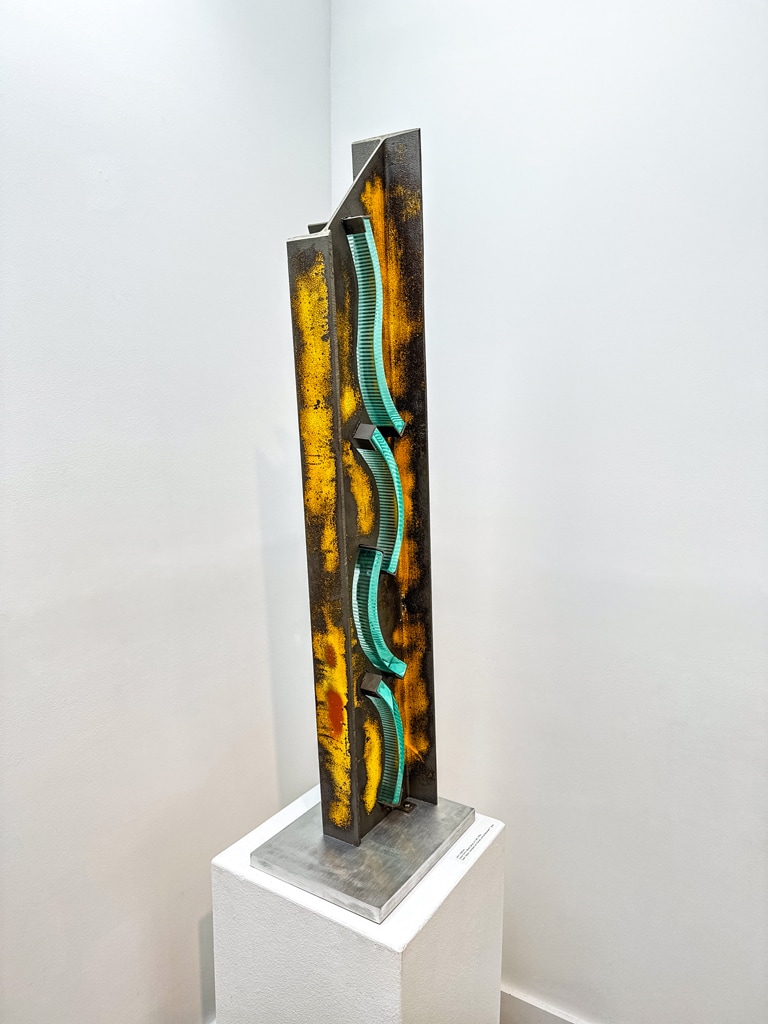
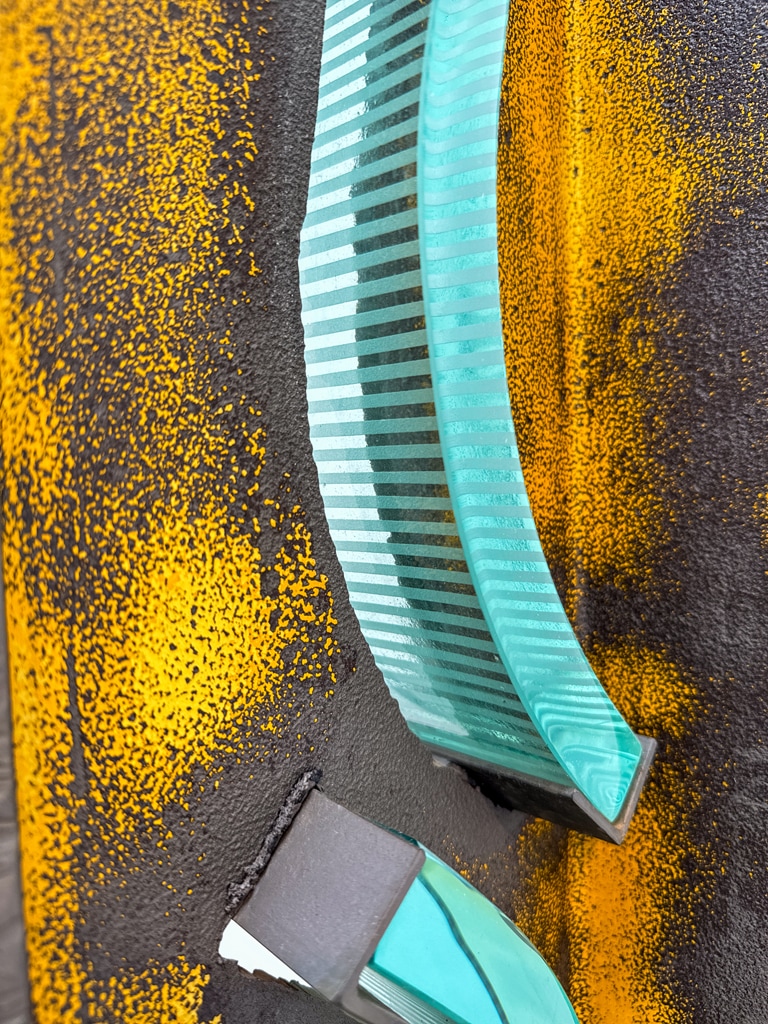
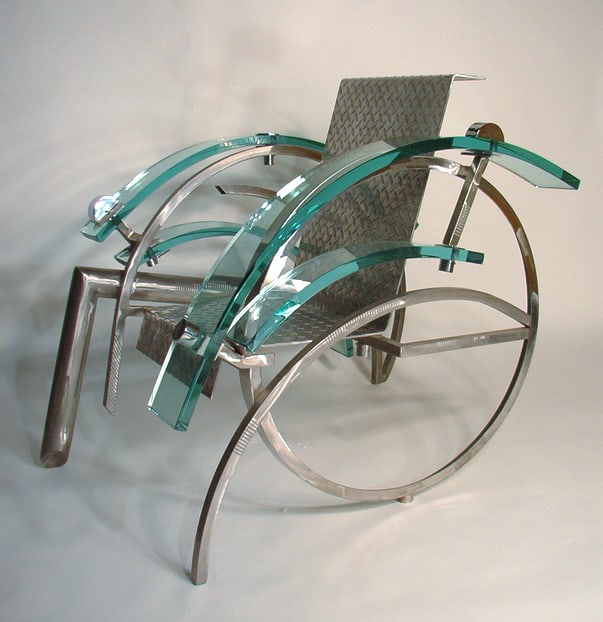
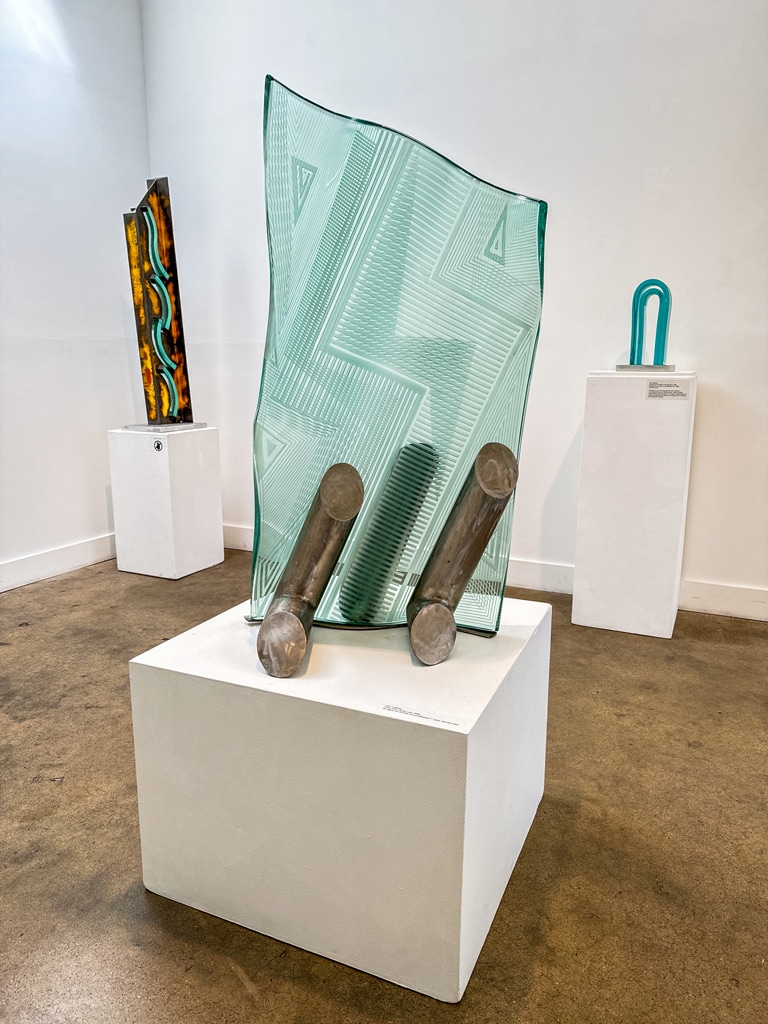
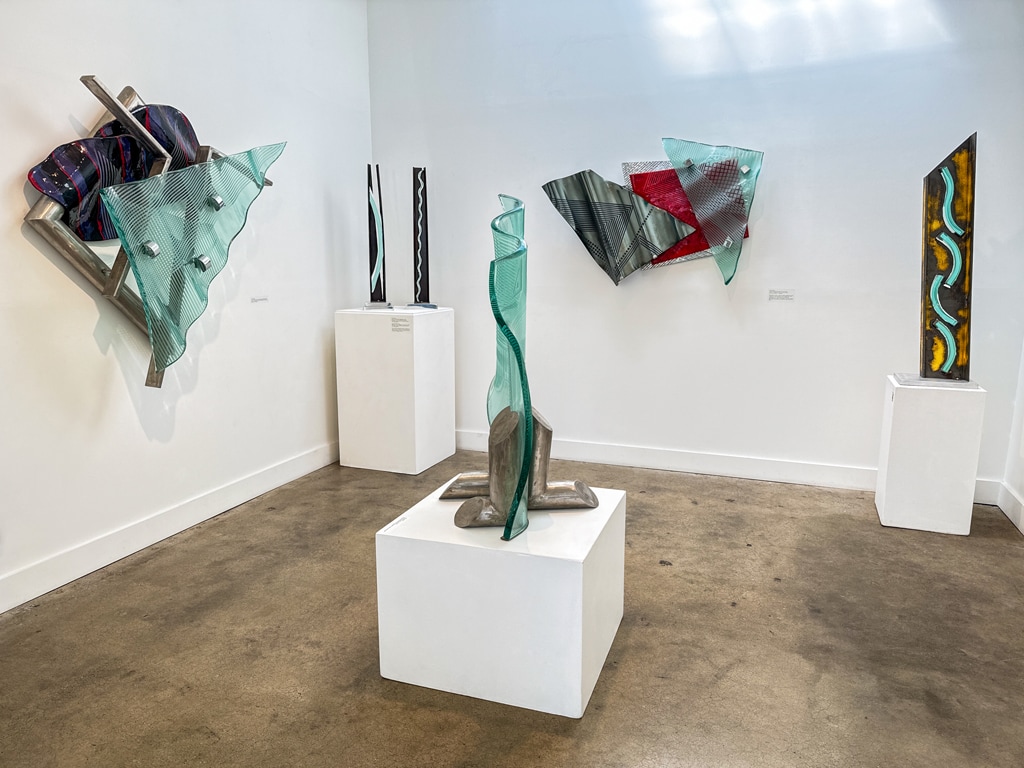
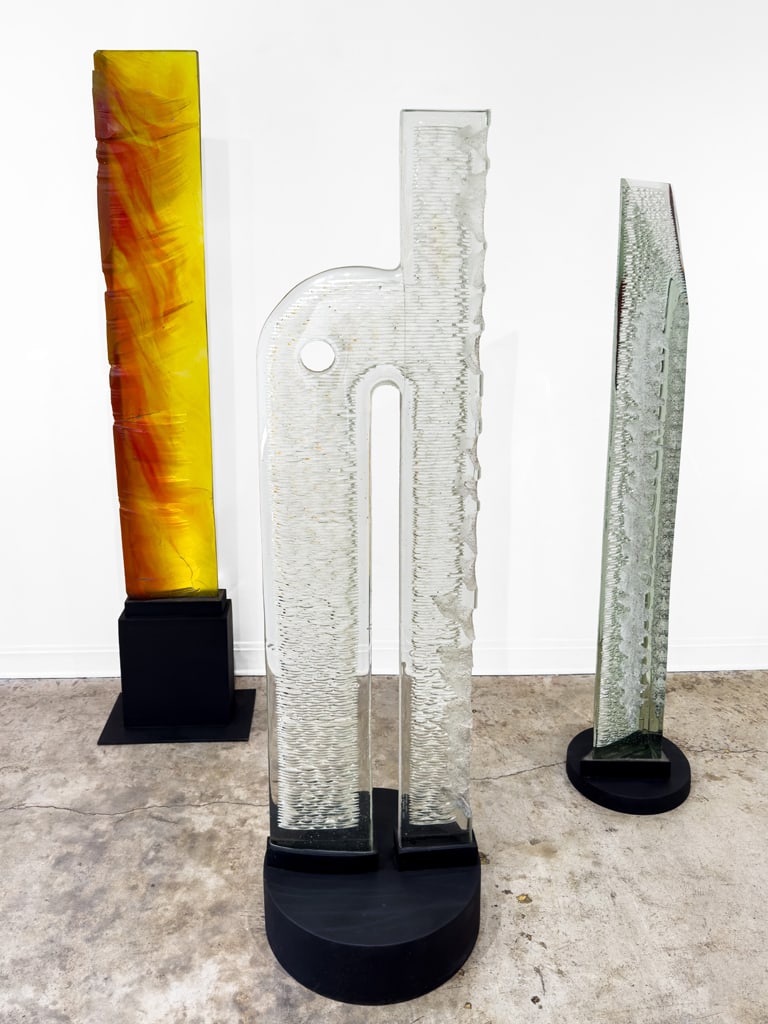
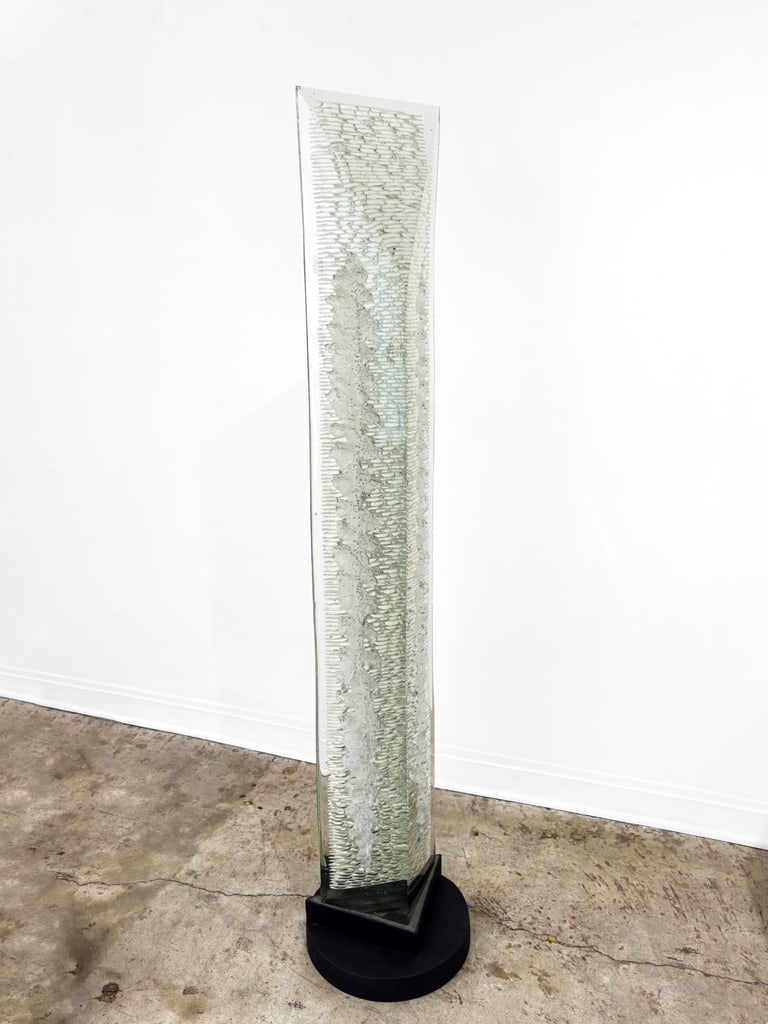
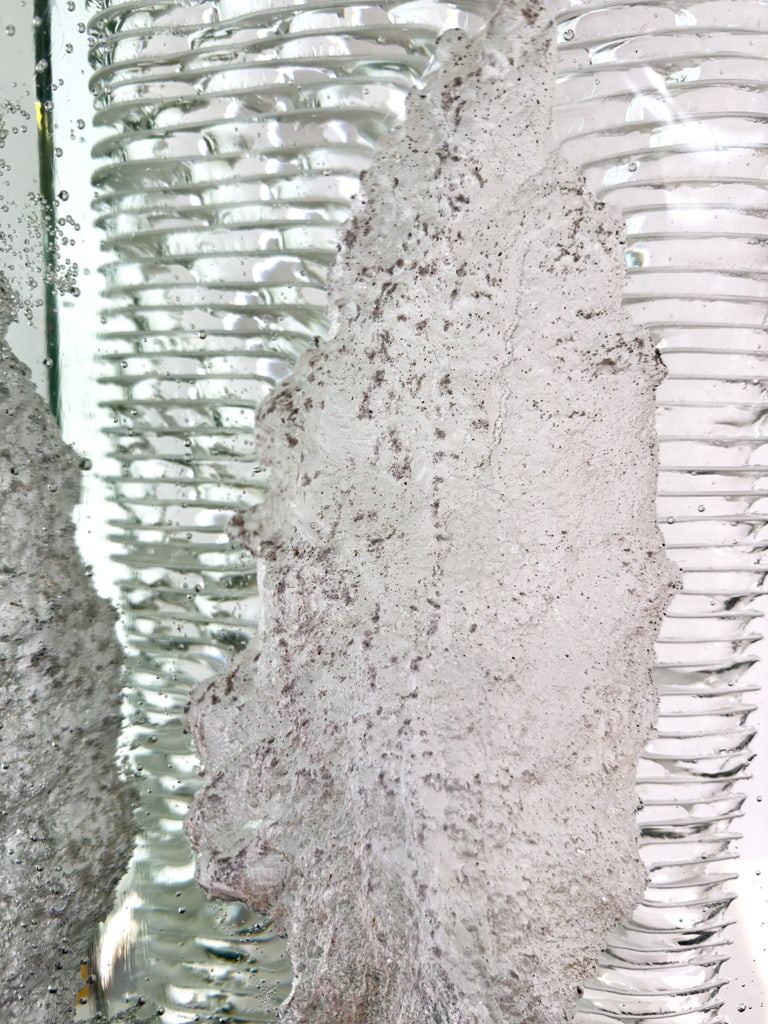
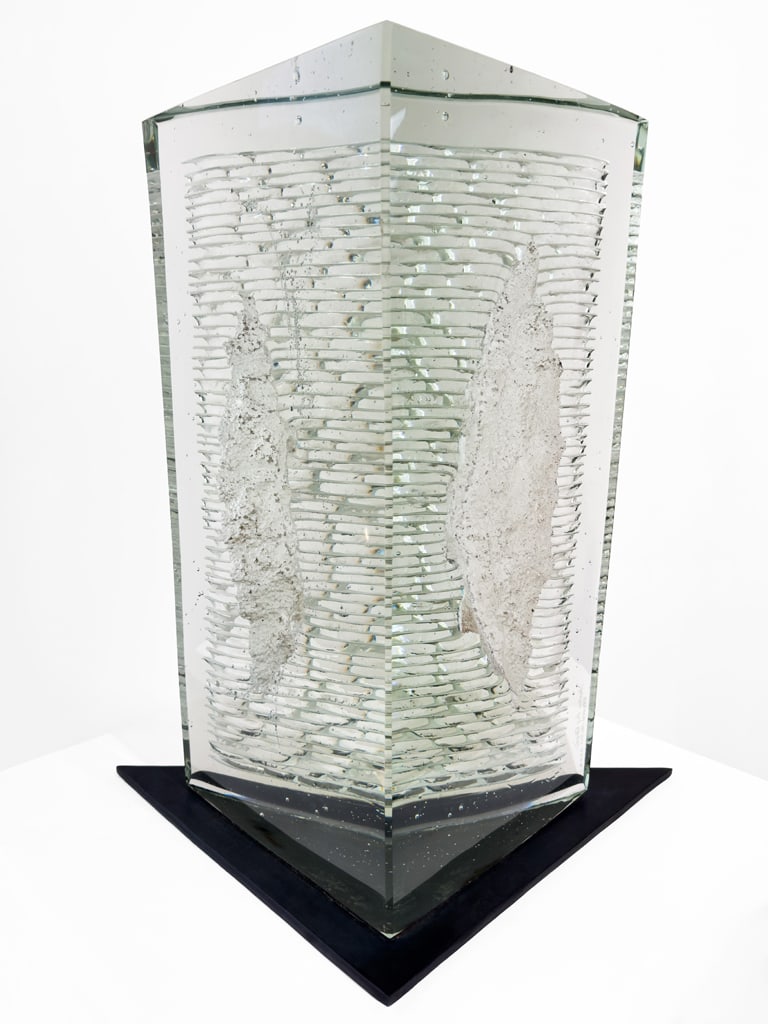
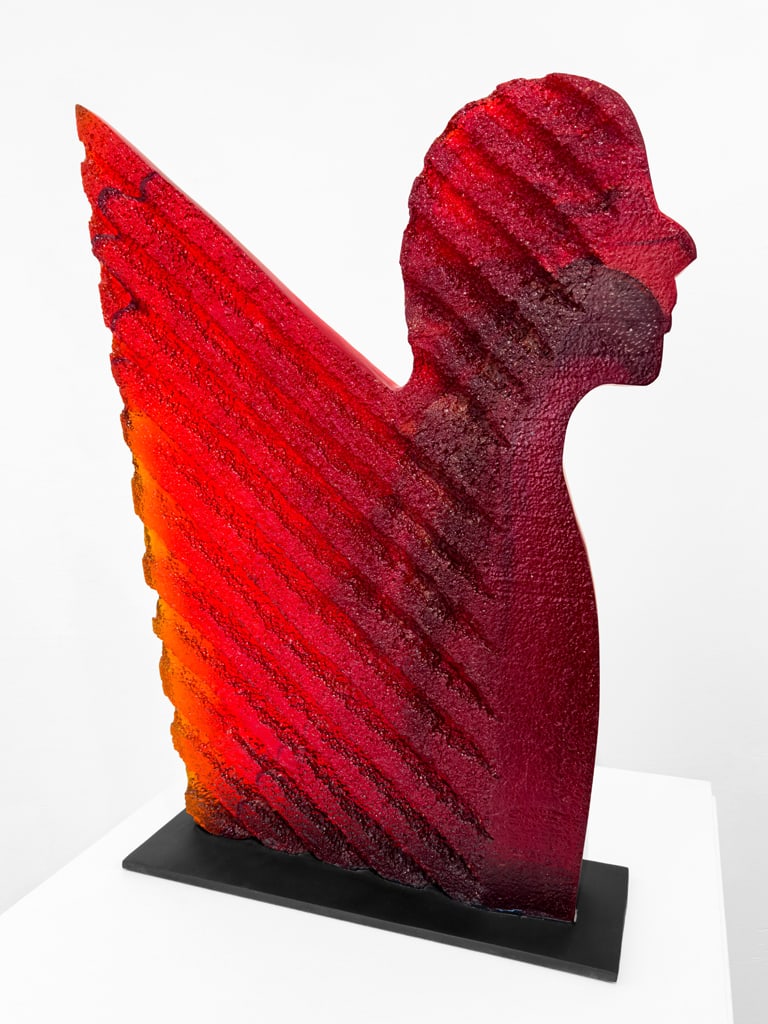
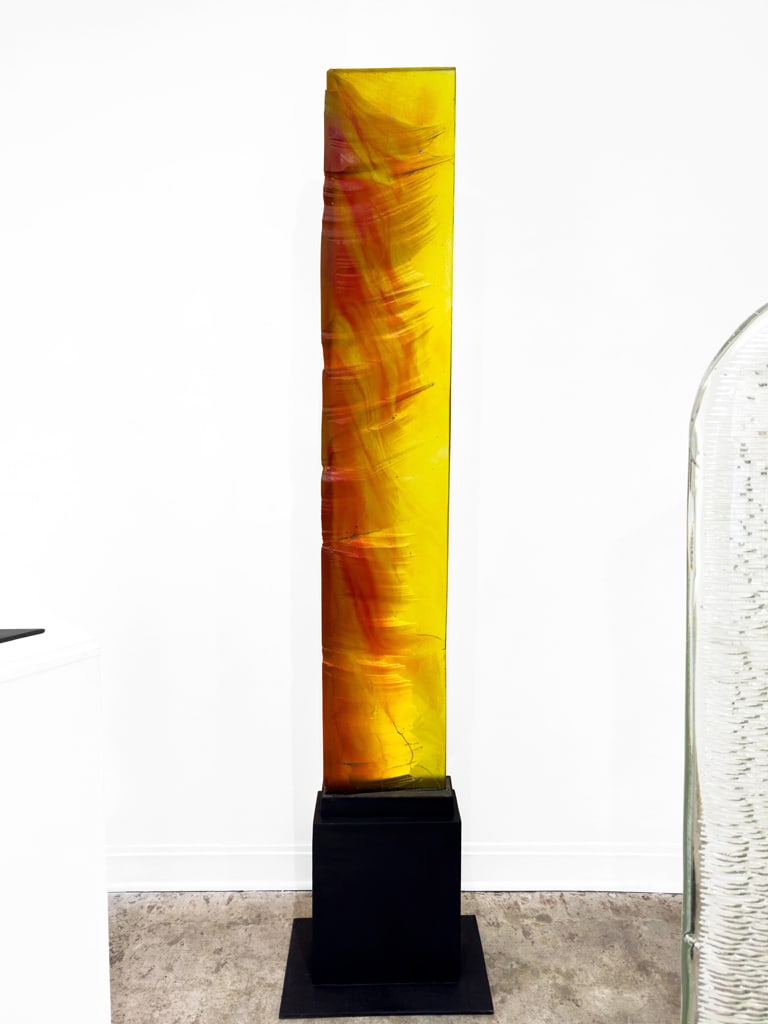
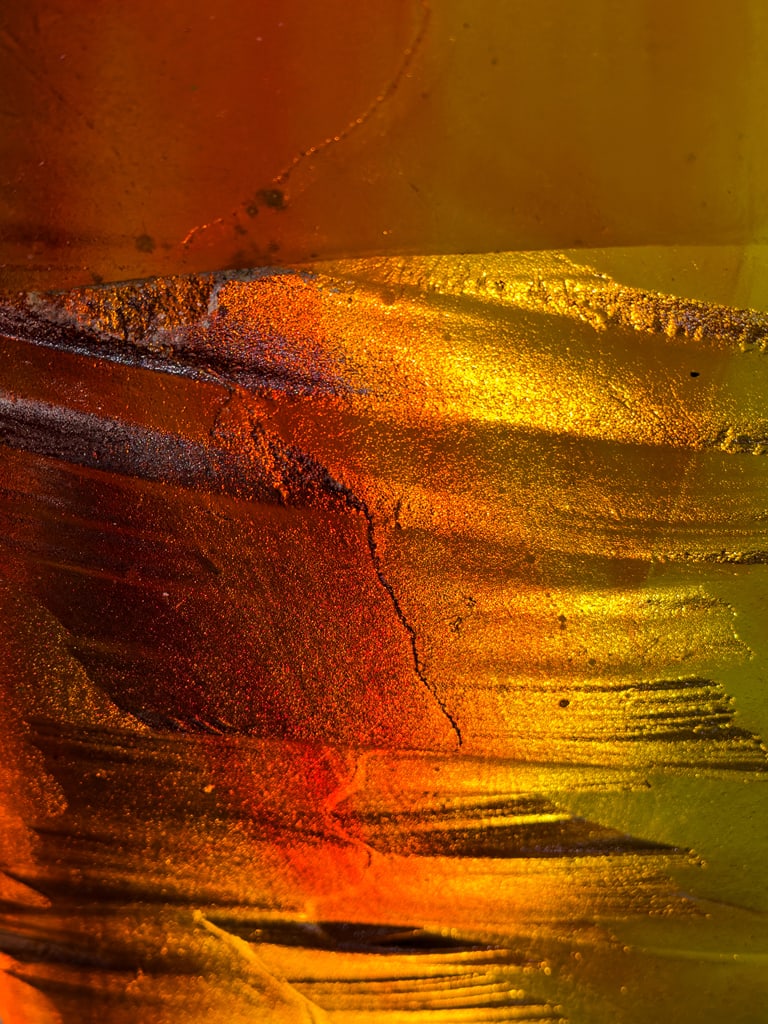
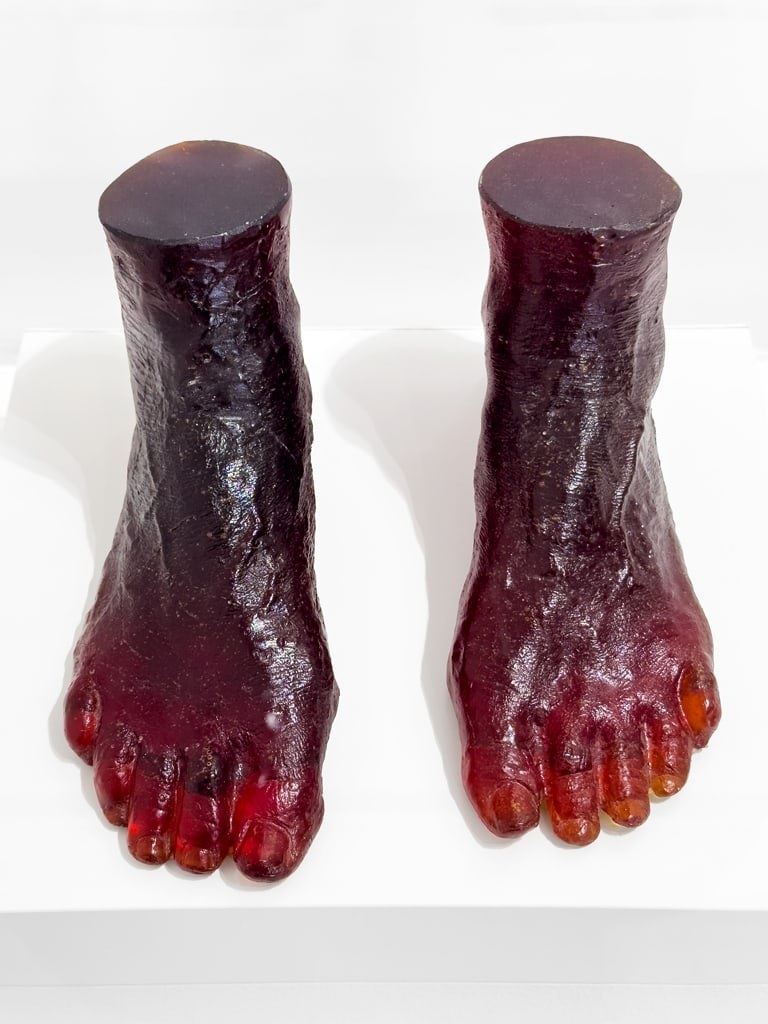
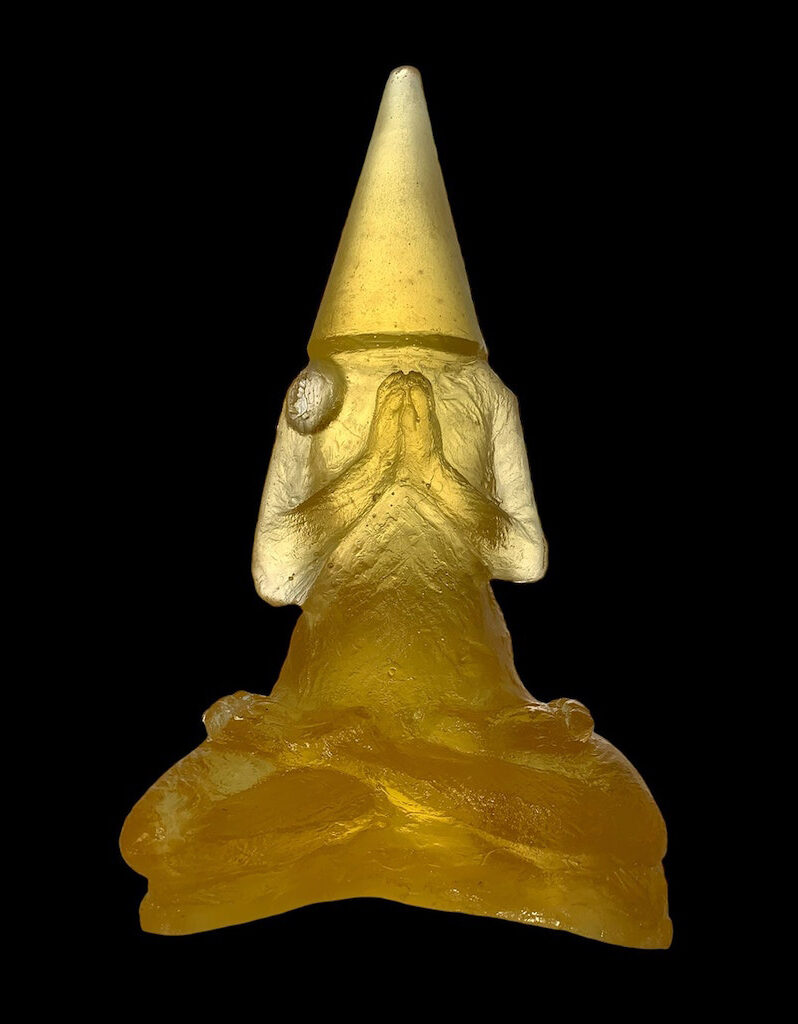
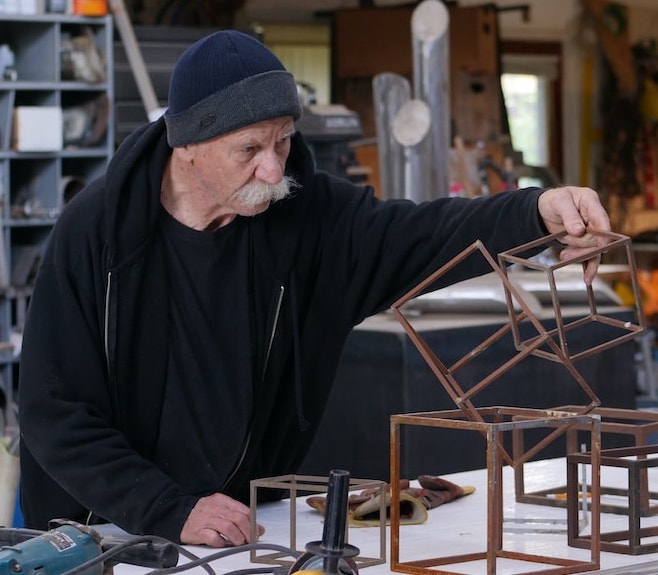
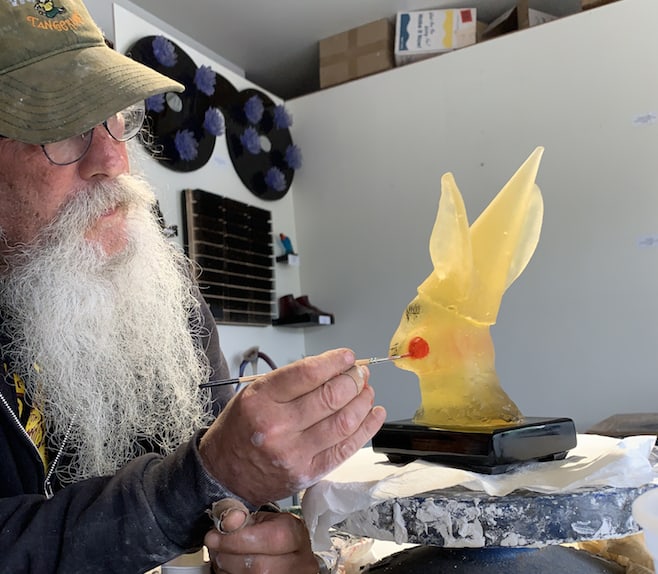
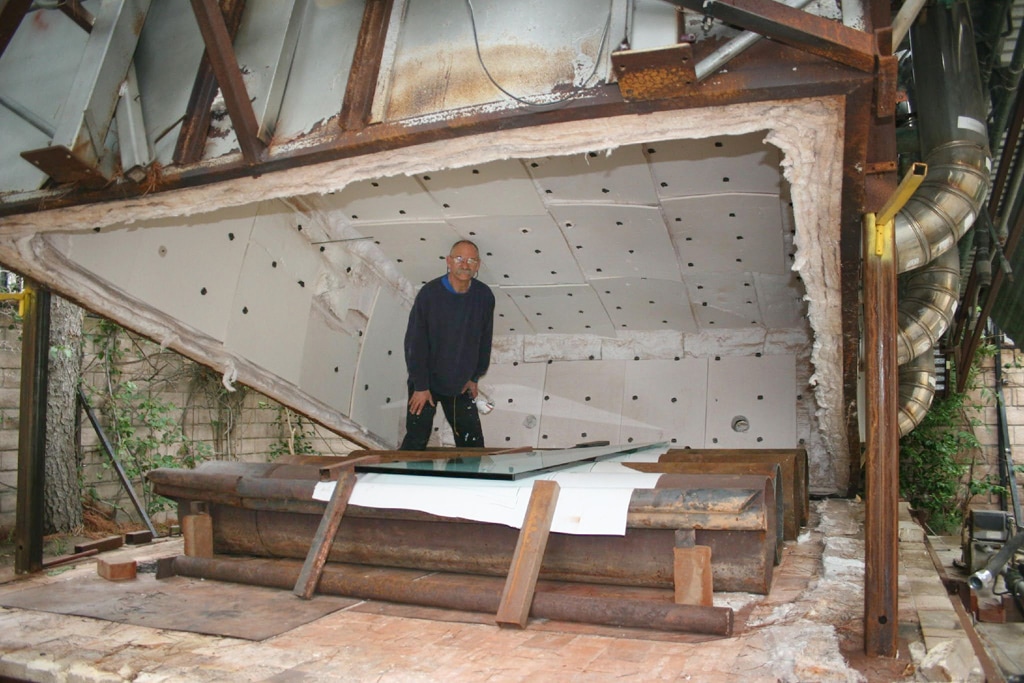

Permanent Collection Highlights
This exhibition spans across the vibrant, ever-evolving field of contemporary craft. The gathered objects are made by some of the exceptional and inspiring artists who have been featured in Craft in America’s documentary since 2007, when the first episodes aired on PBS. From function to sculpture and cultural practice, this multimedia show is a glimpse into the innovation and artistry of contemporary craft innovators from across the states. Craft in America has been assembling a small and burgeoning permanent collection over the past 15 years and this is a chance to view some of the exemplary, vibrant works. Many of these objects were either made while the artist was filmed for the series or discussed by the artist in the episodes.
View a sequence of shorts from episodes related to the works in the exhibition: Click on the playlist icon ![]() to view the full playlist.
to view the full playlist.
Virtual Gallery
Click and drag, or use your arrow keys, to see a 360º view of the virtual space, including tags with object information and images.
Image Gallery:
View the objects in the exhibition below and click on each image for additional information.
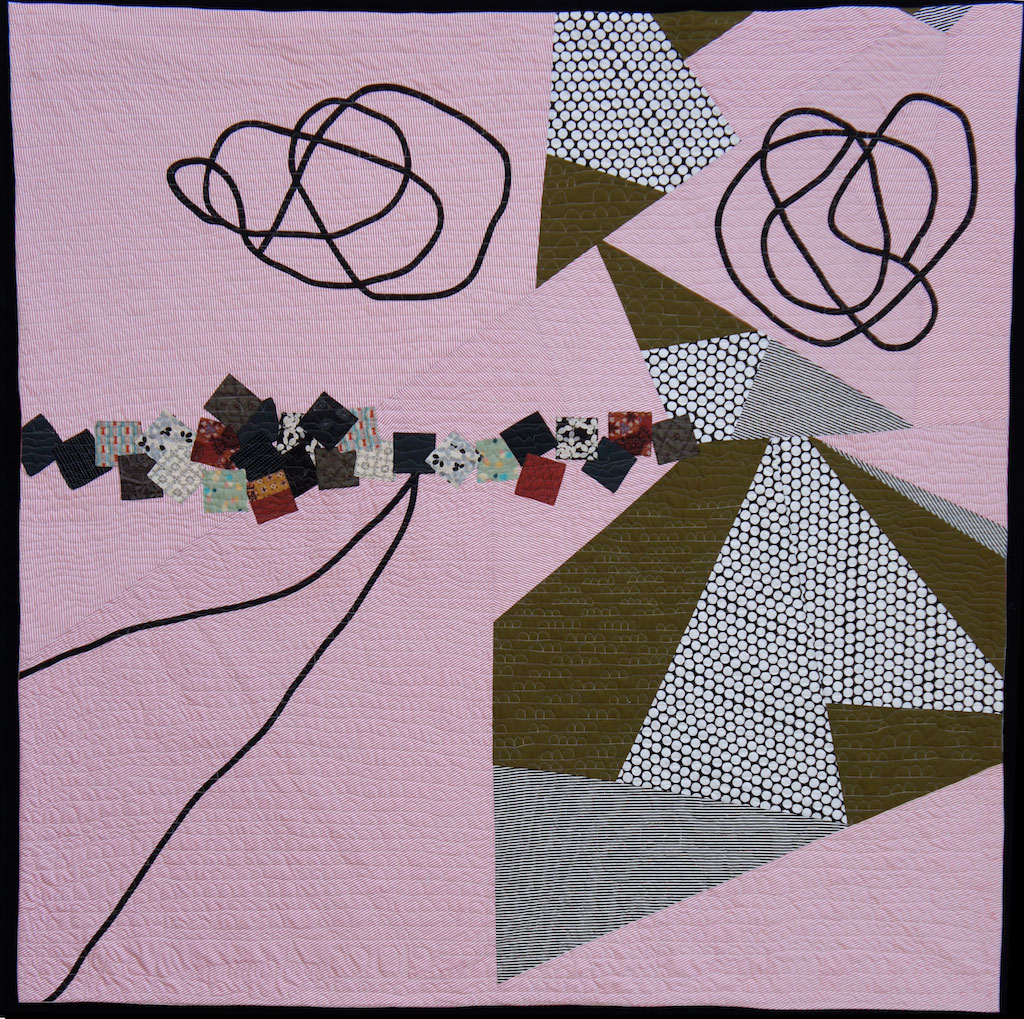
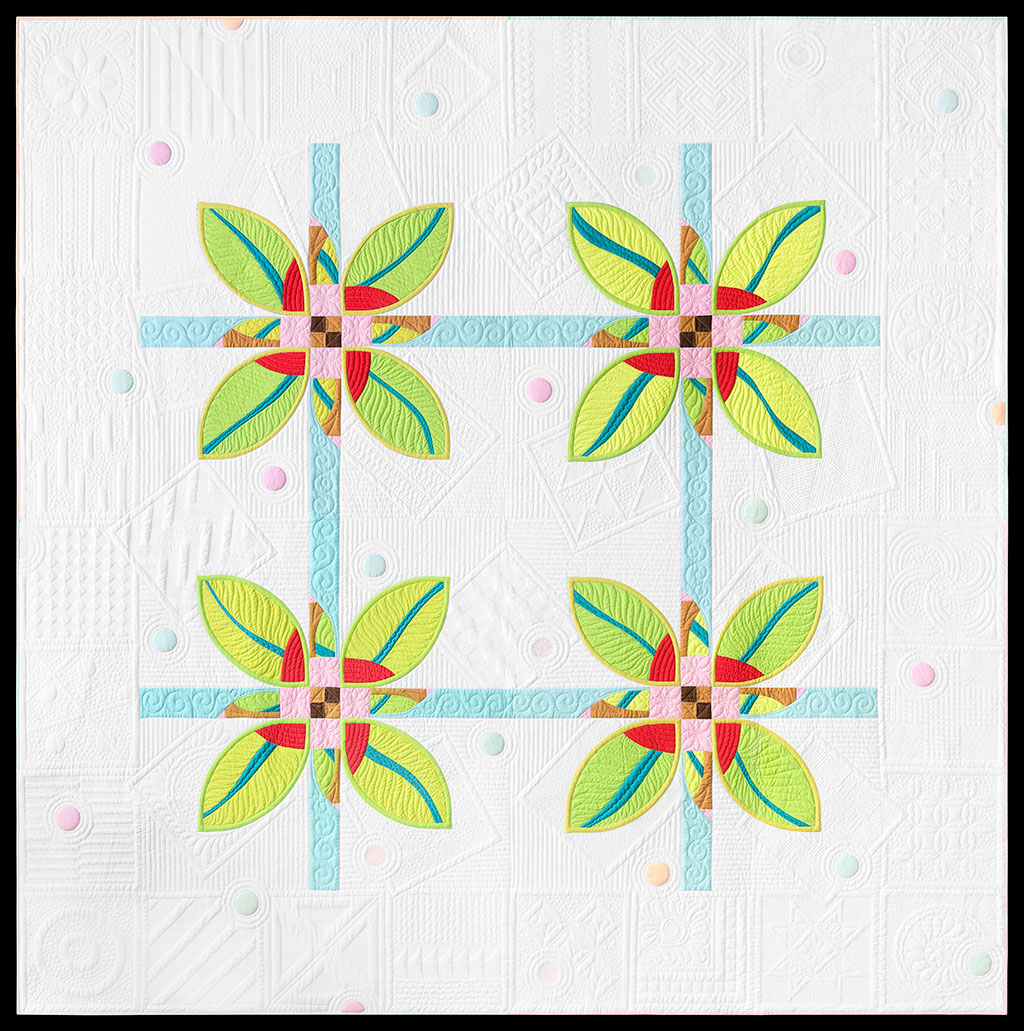
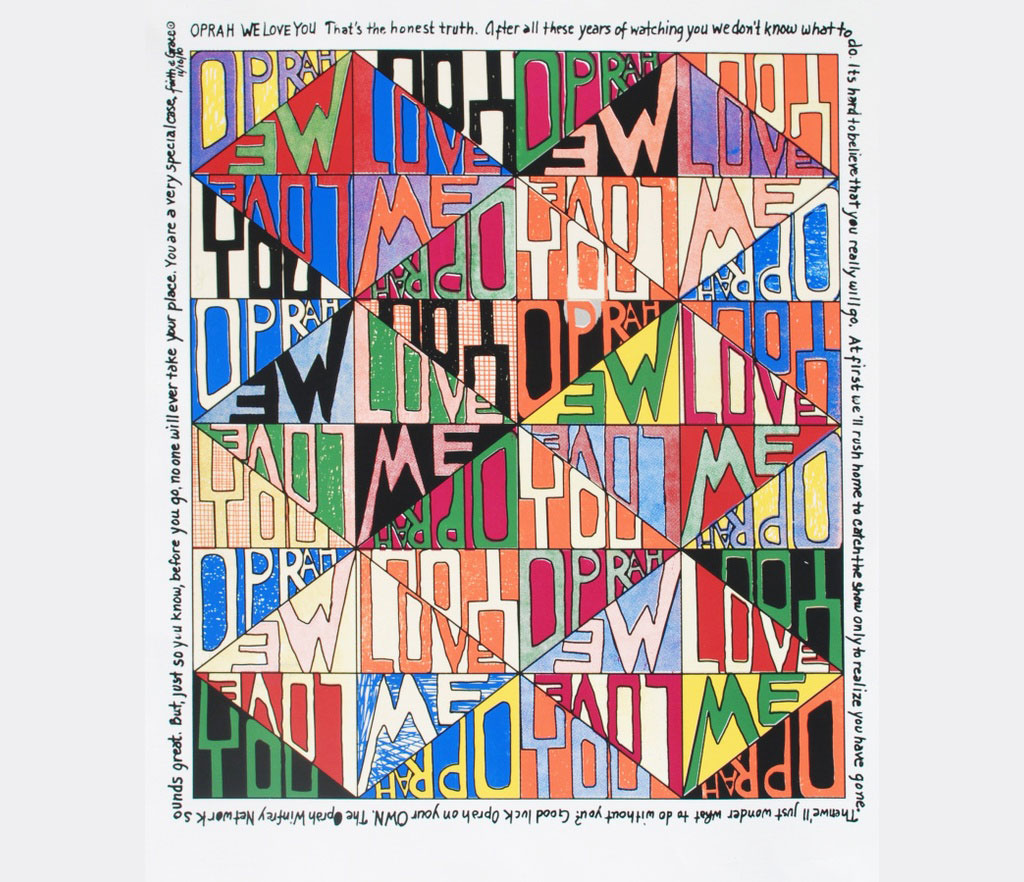
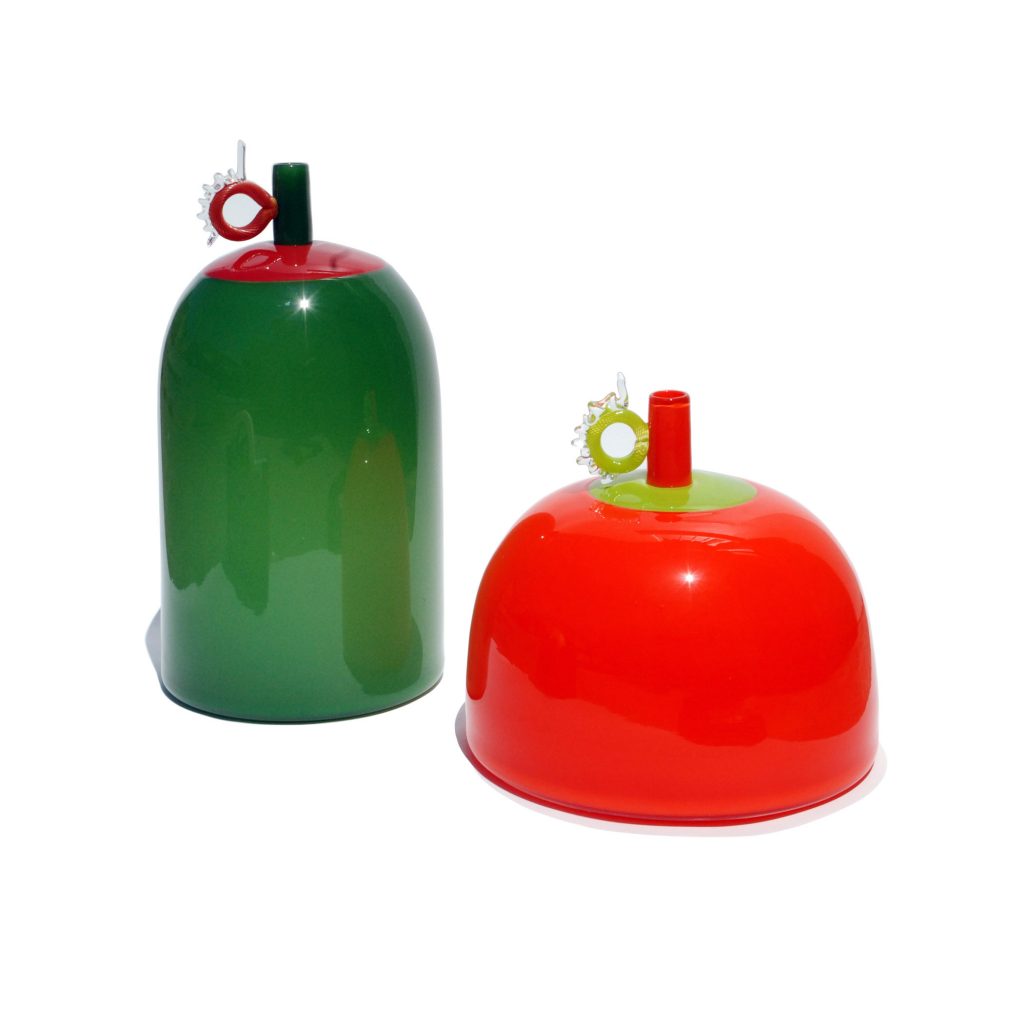
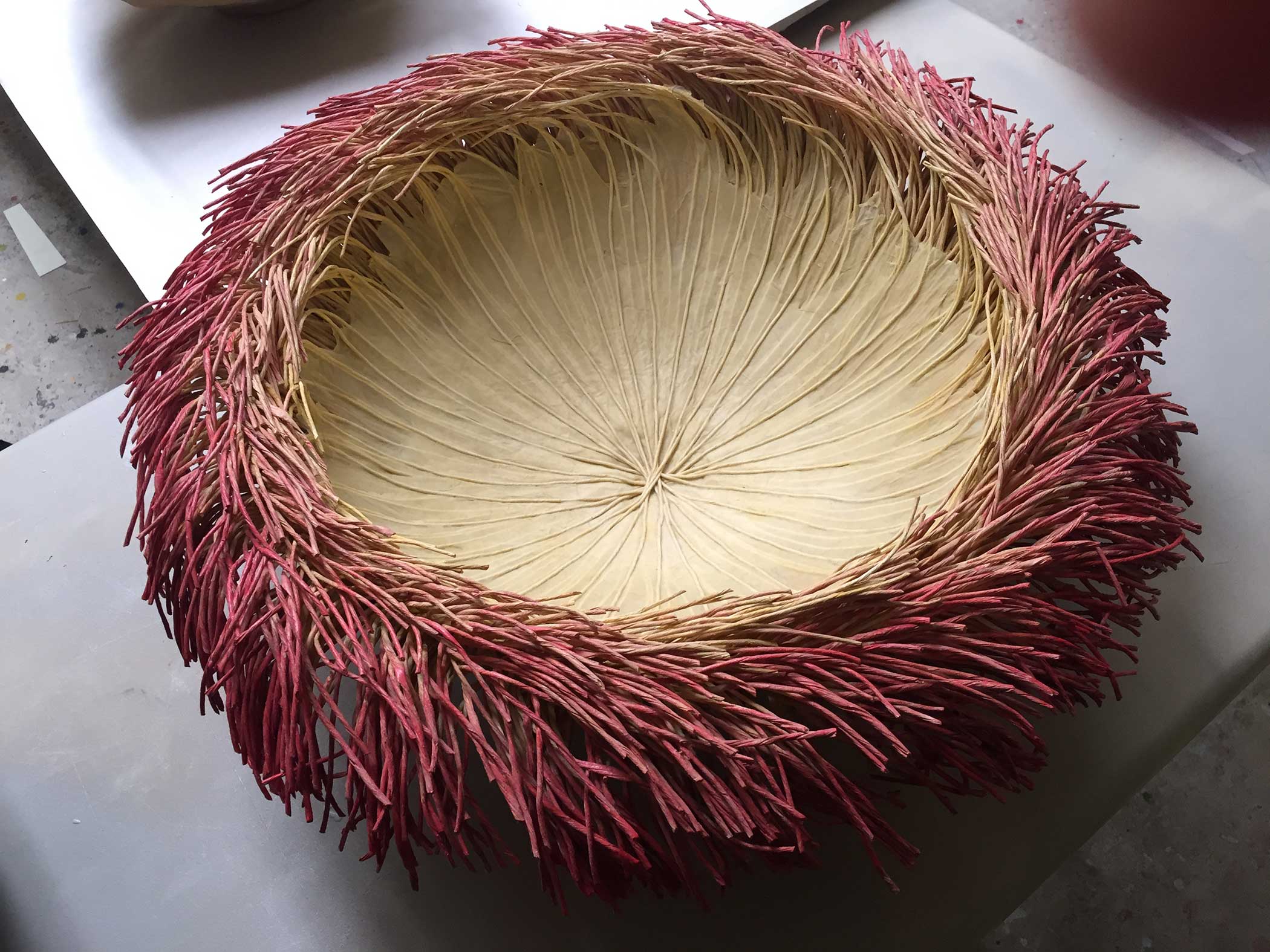
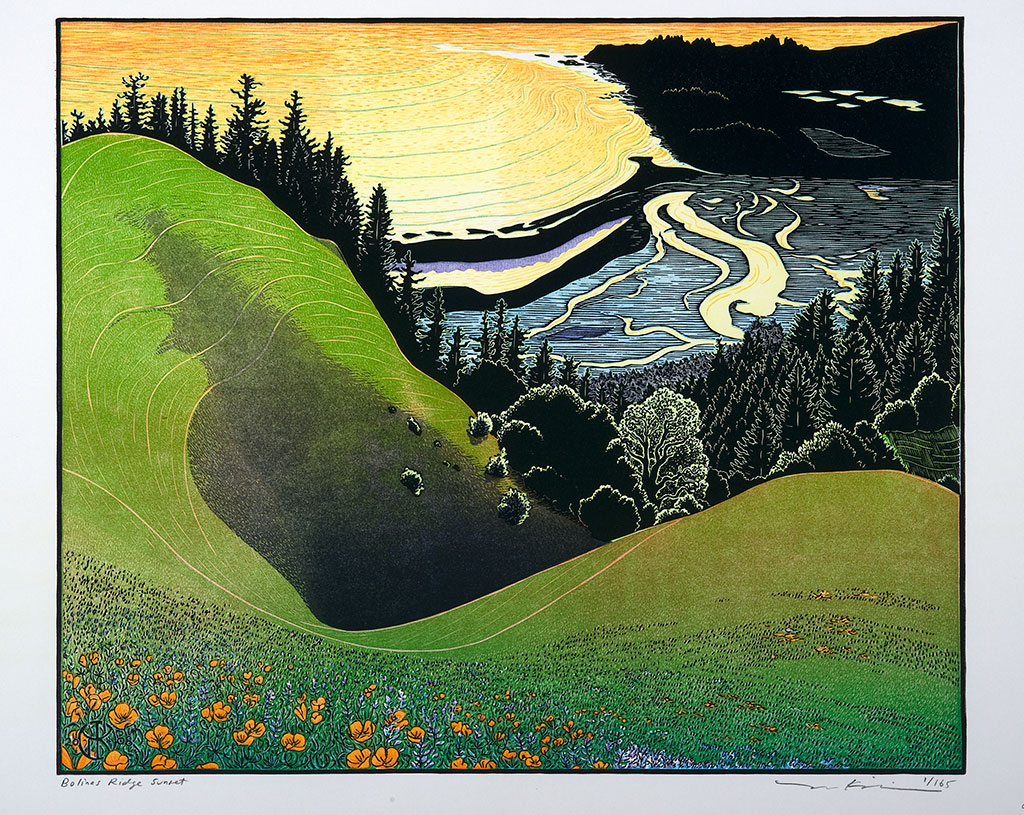
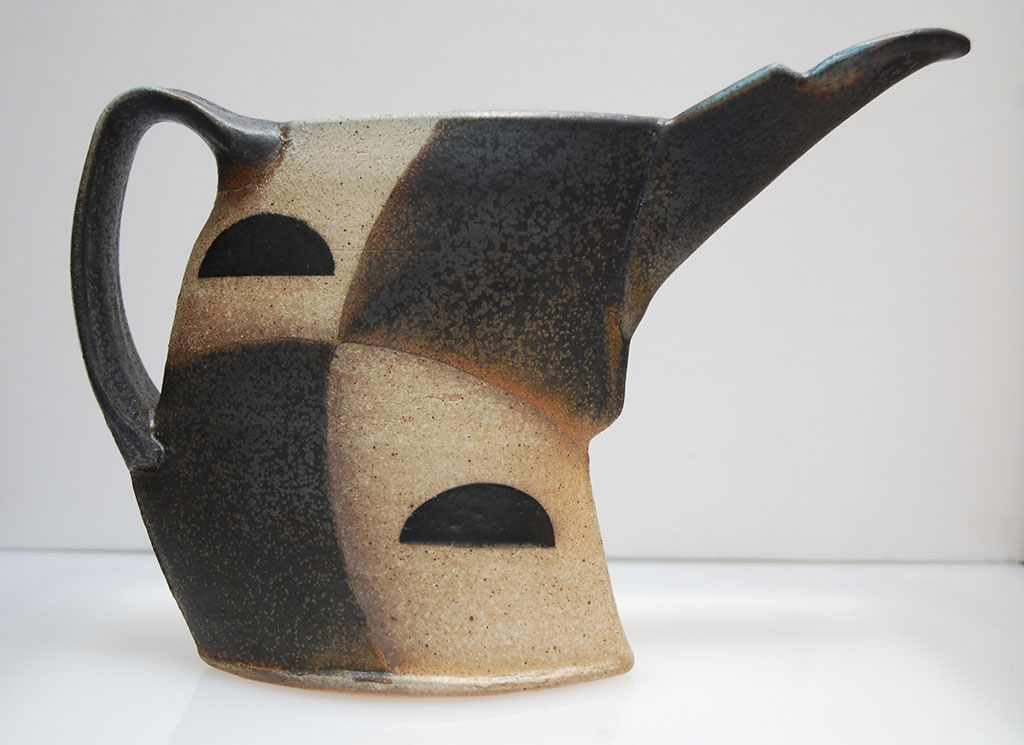
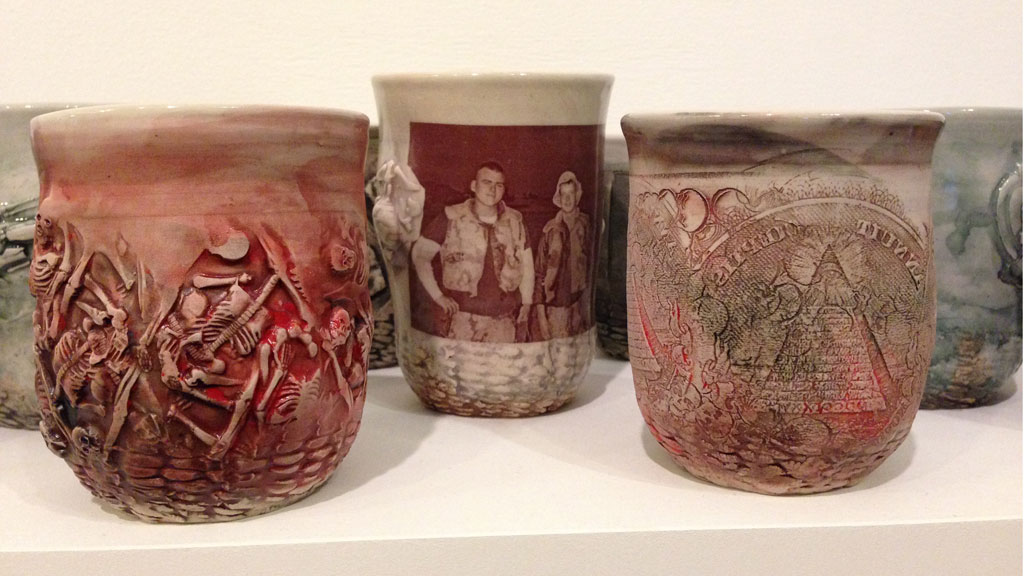
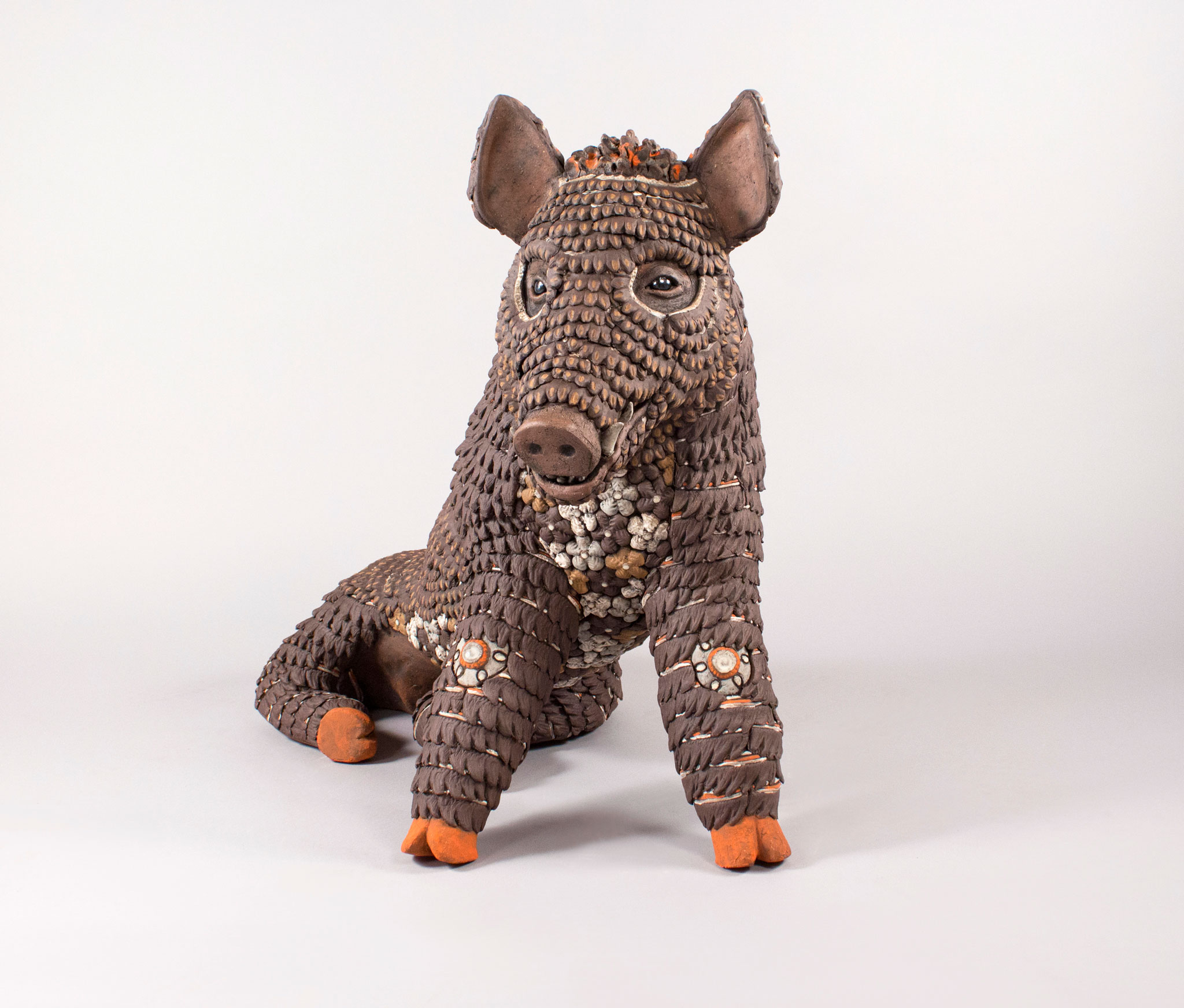
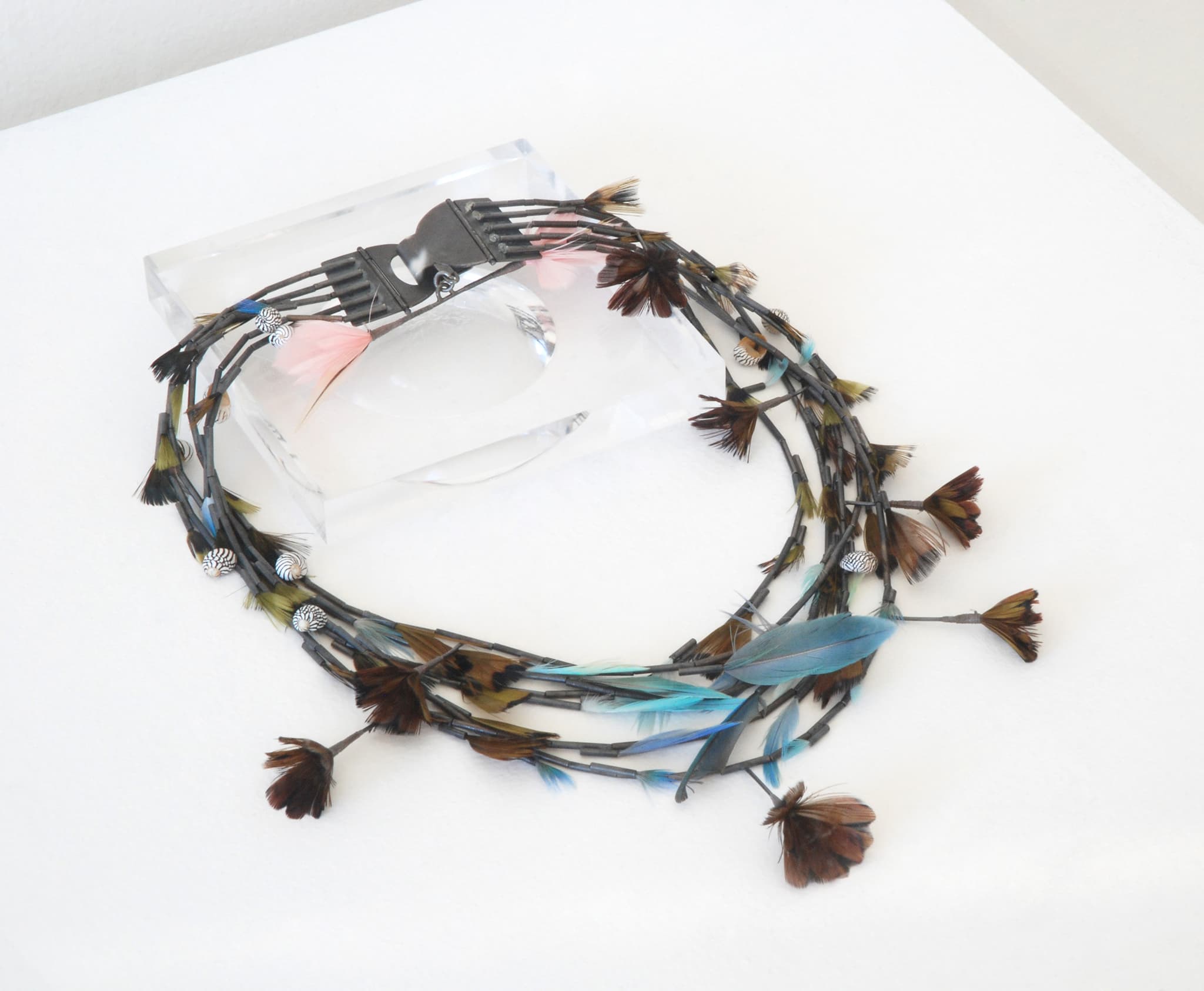
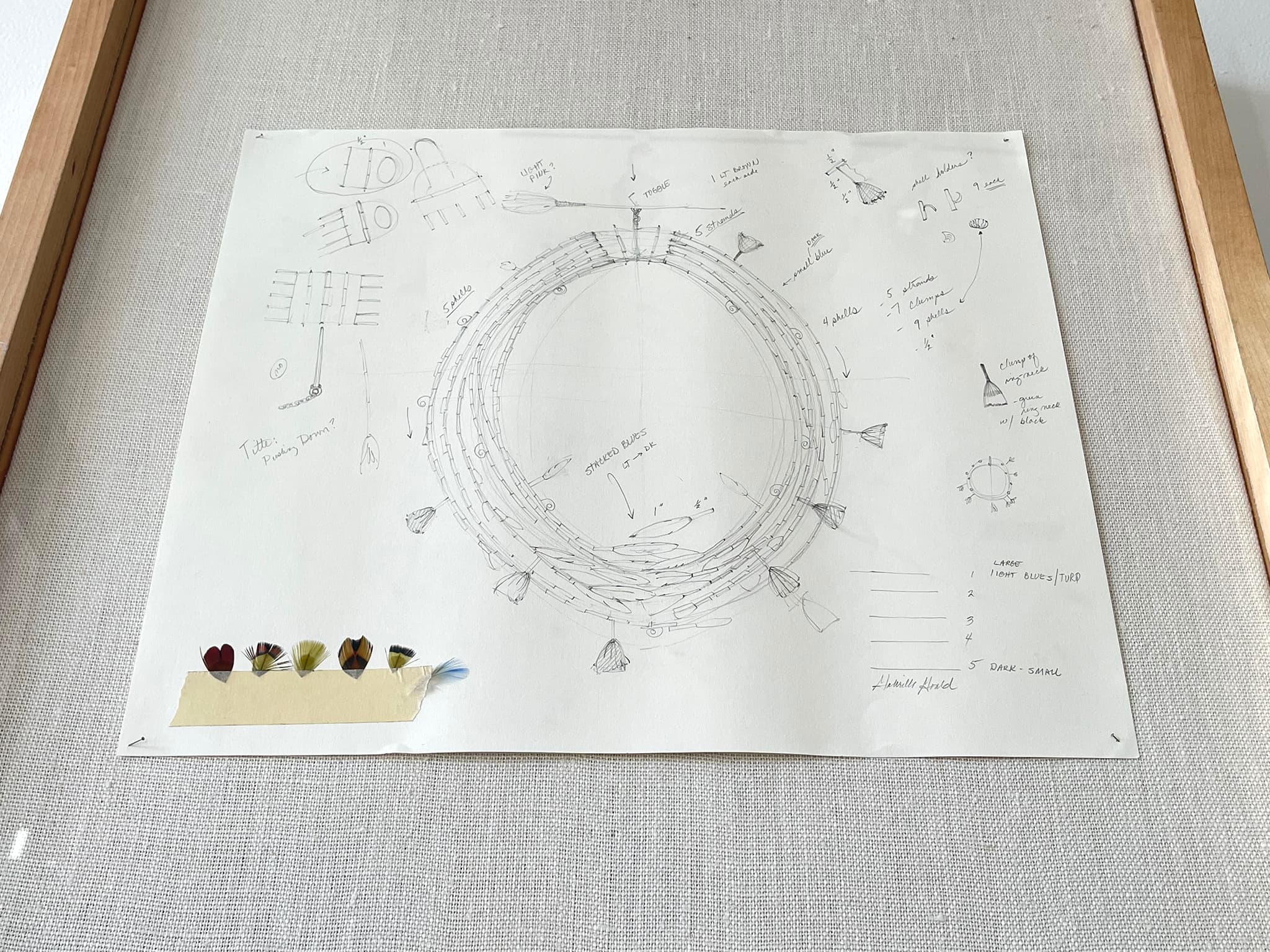
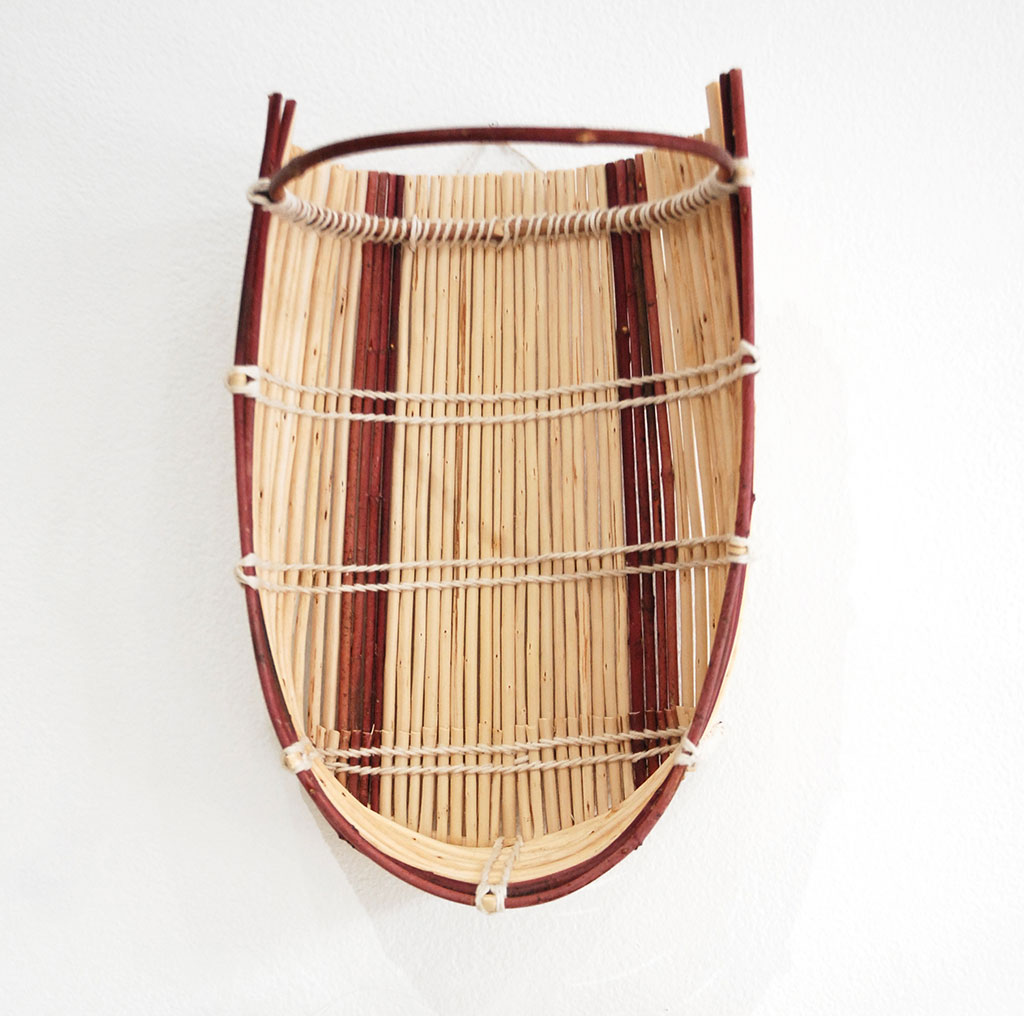
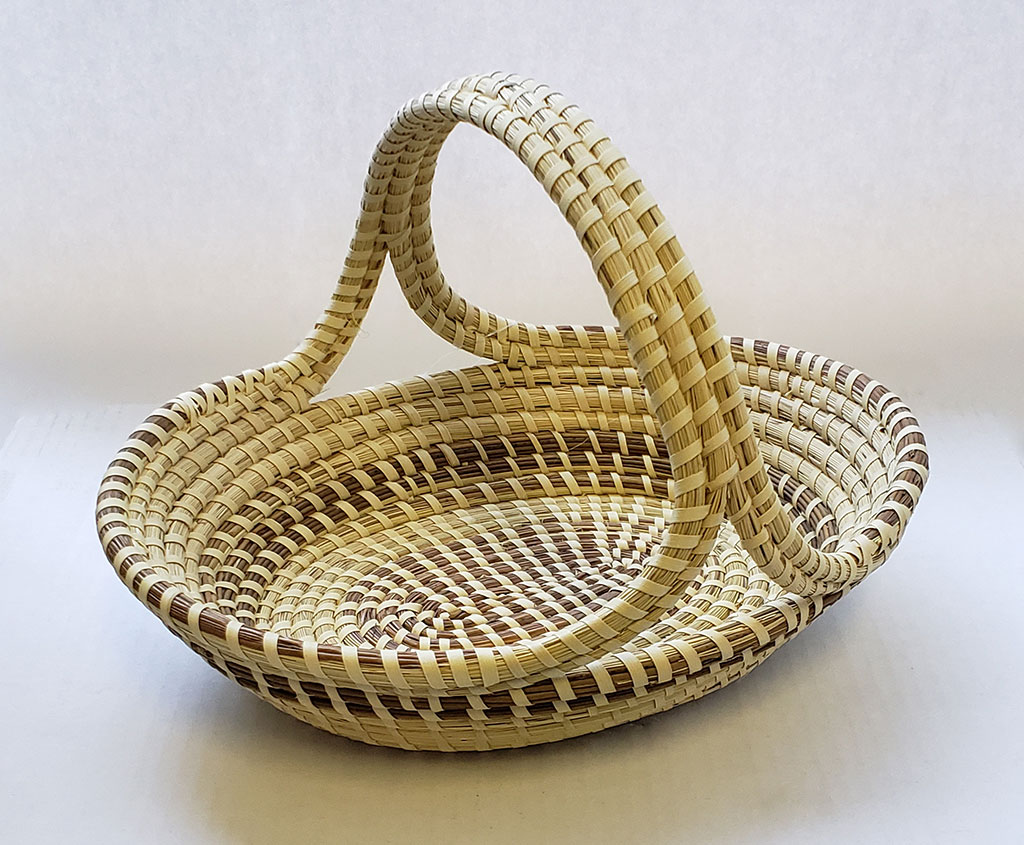
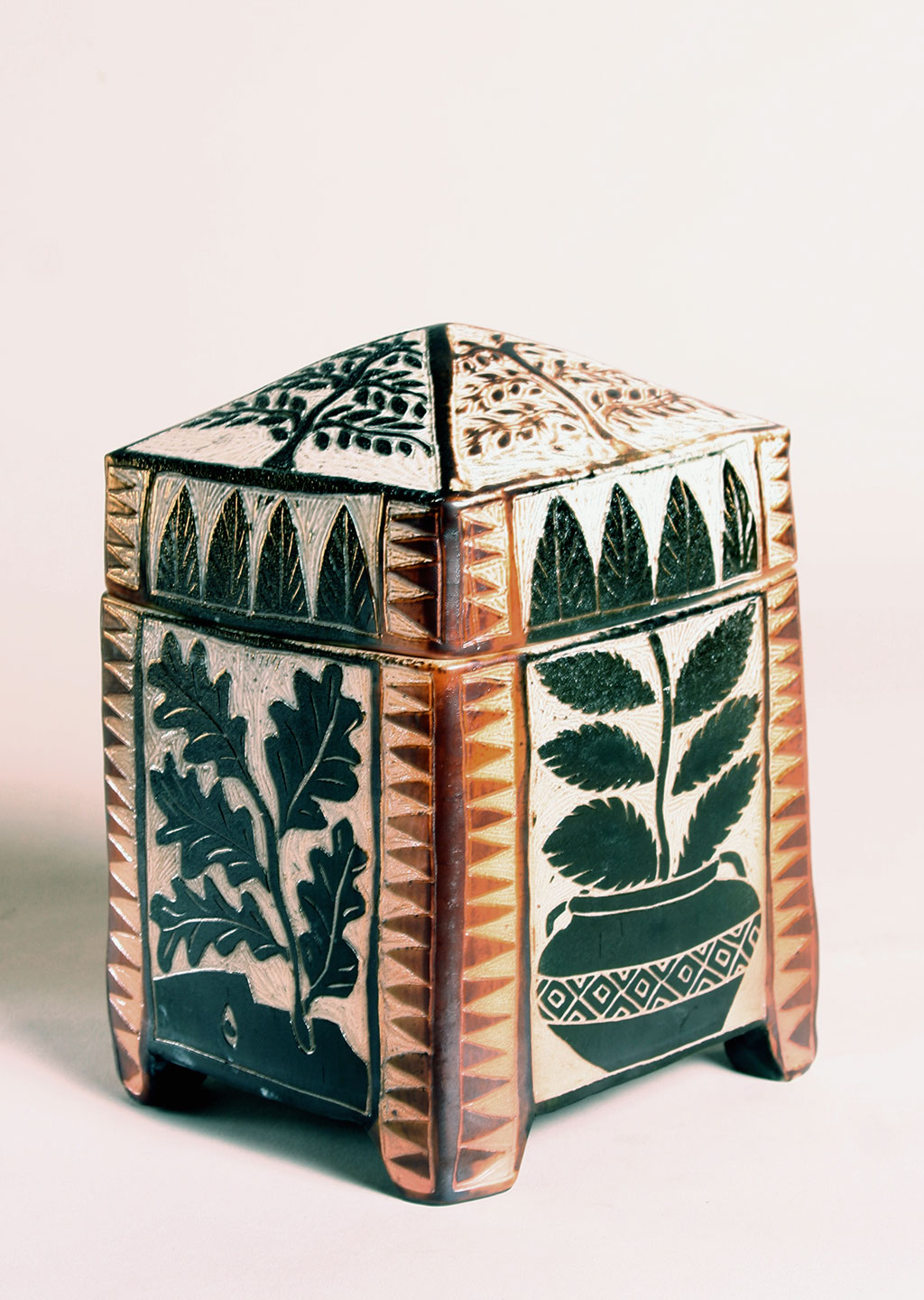
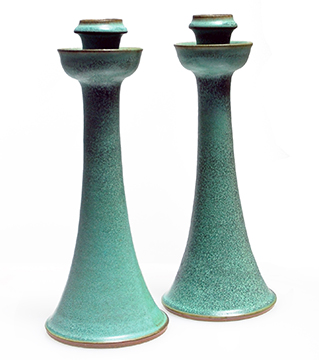
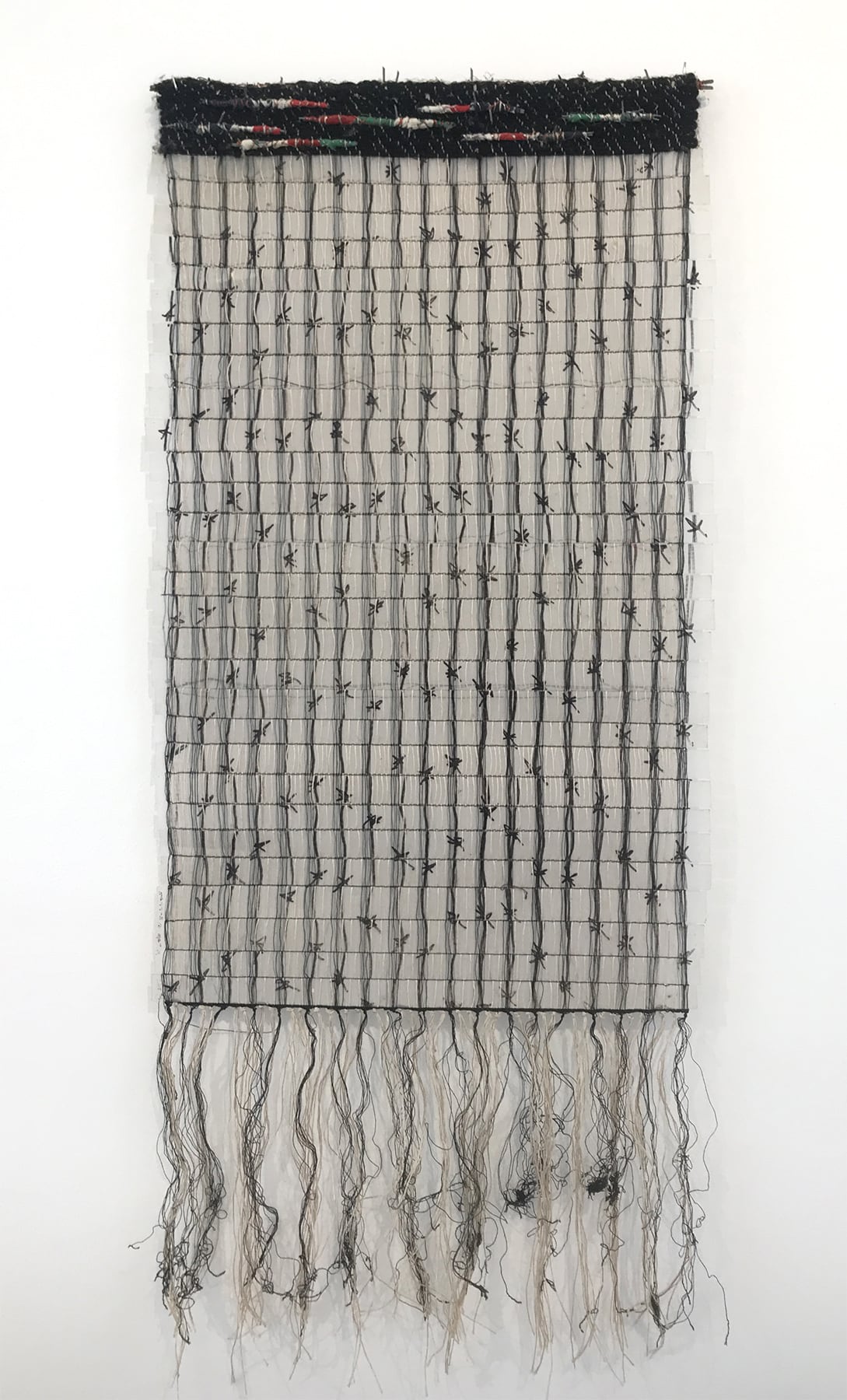
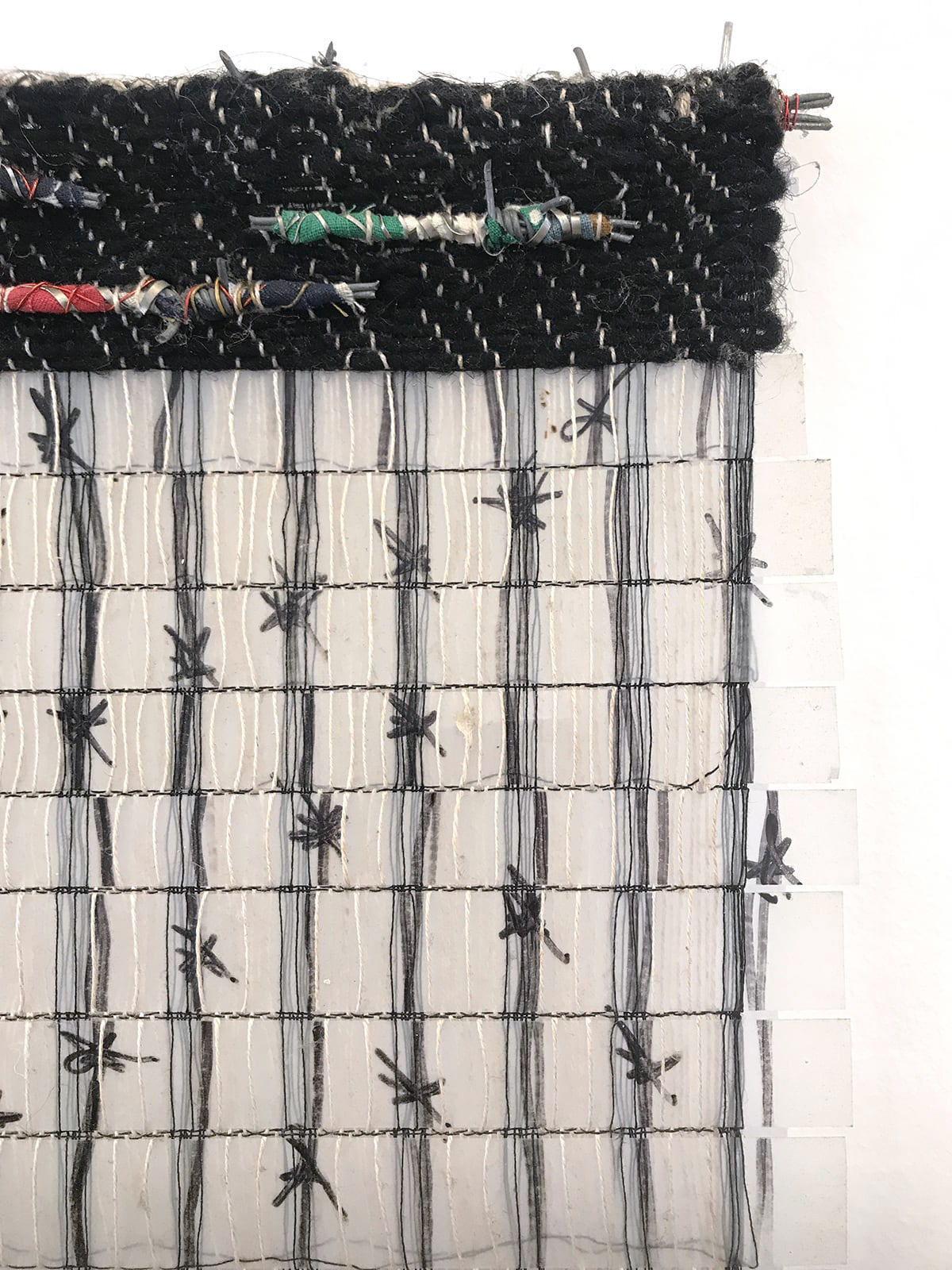
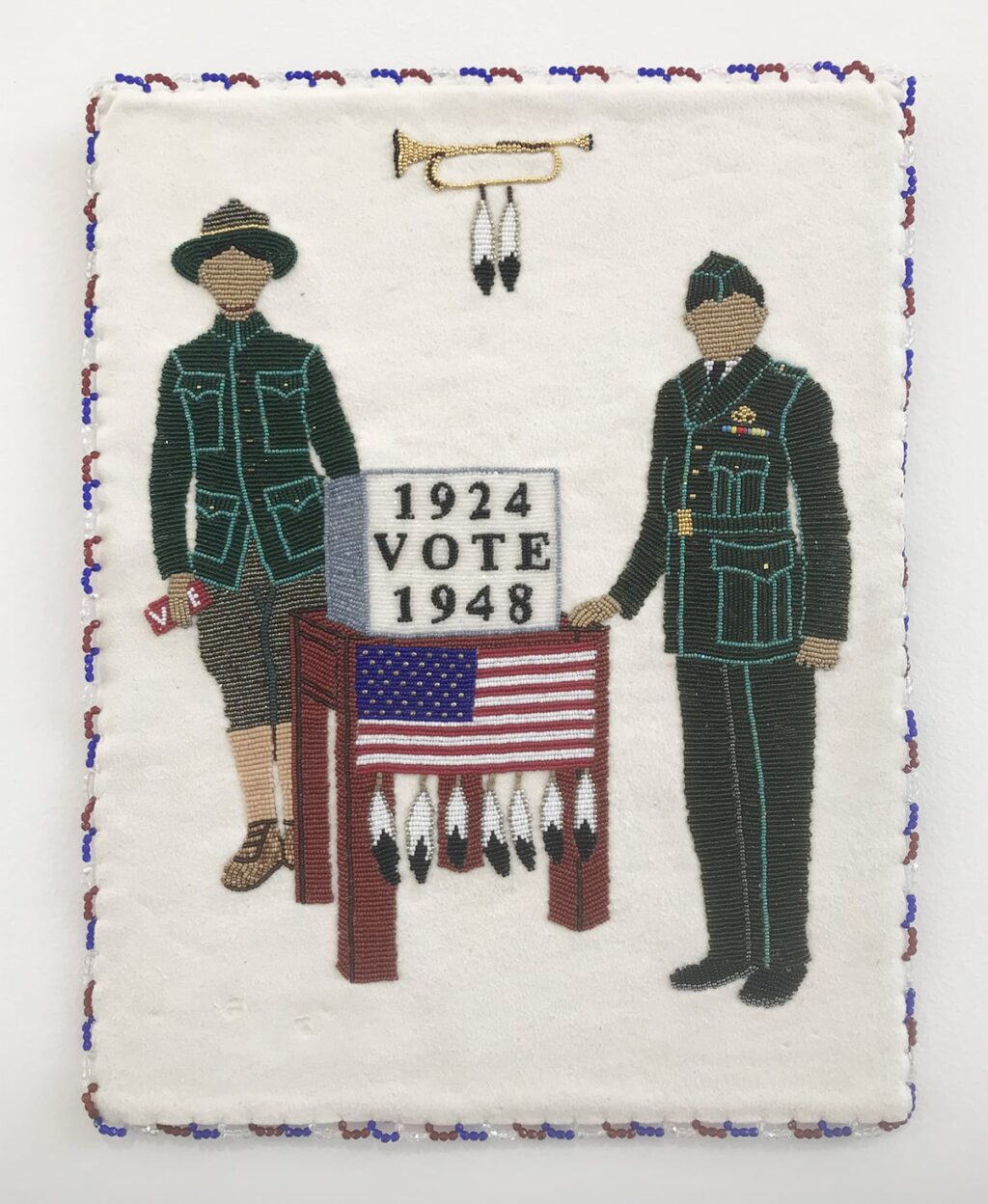
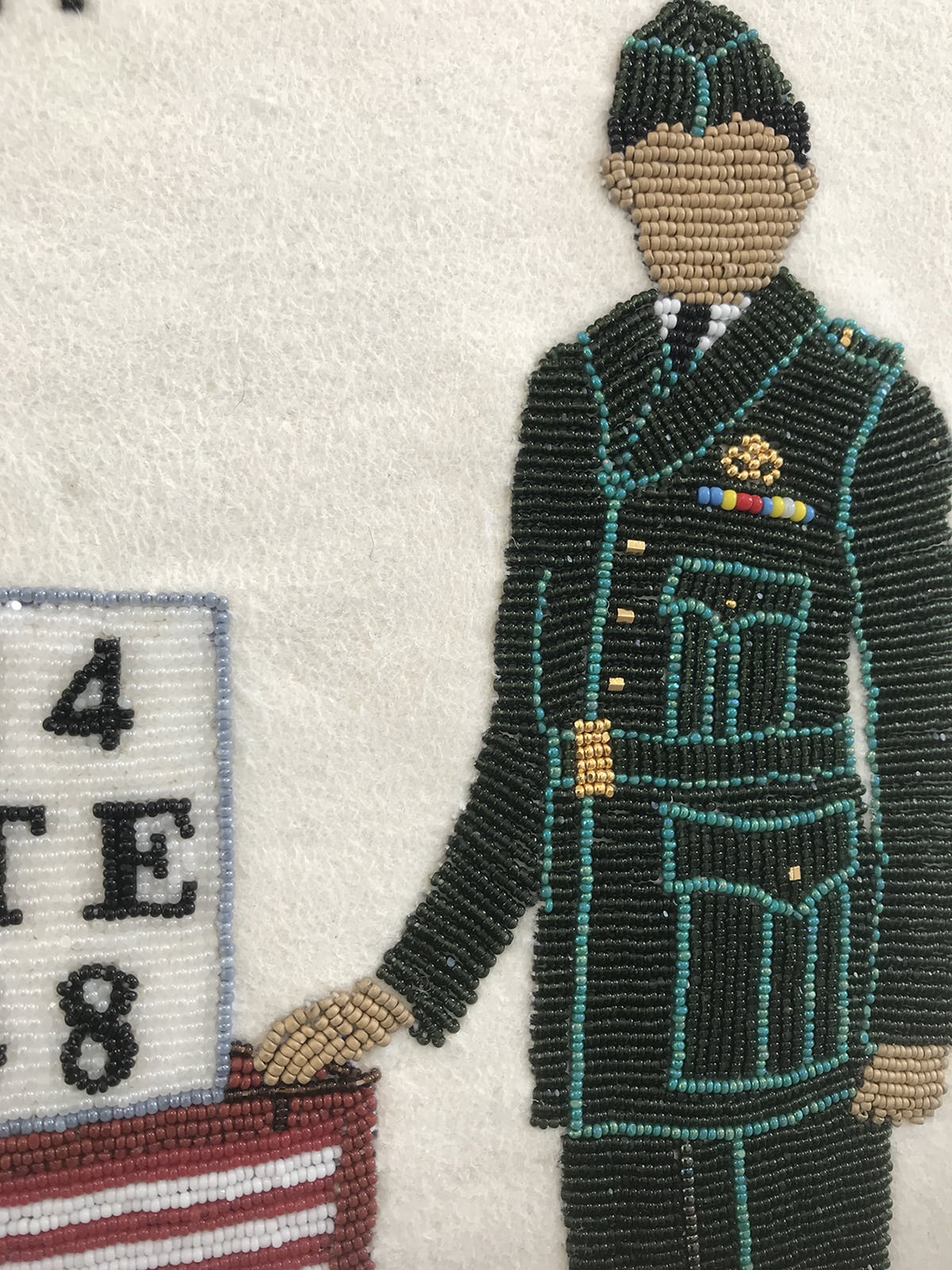
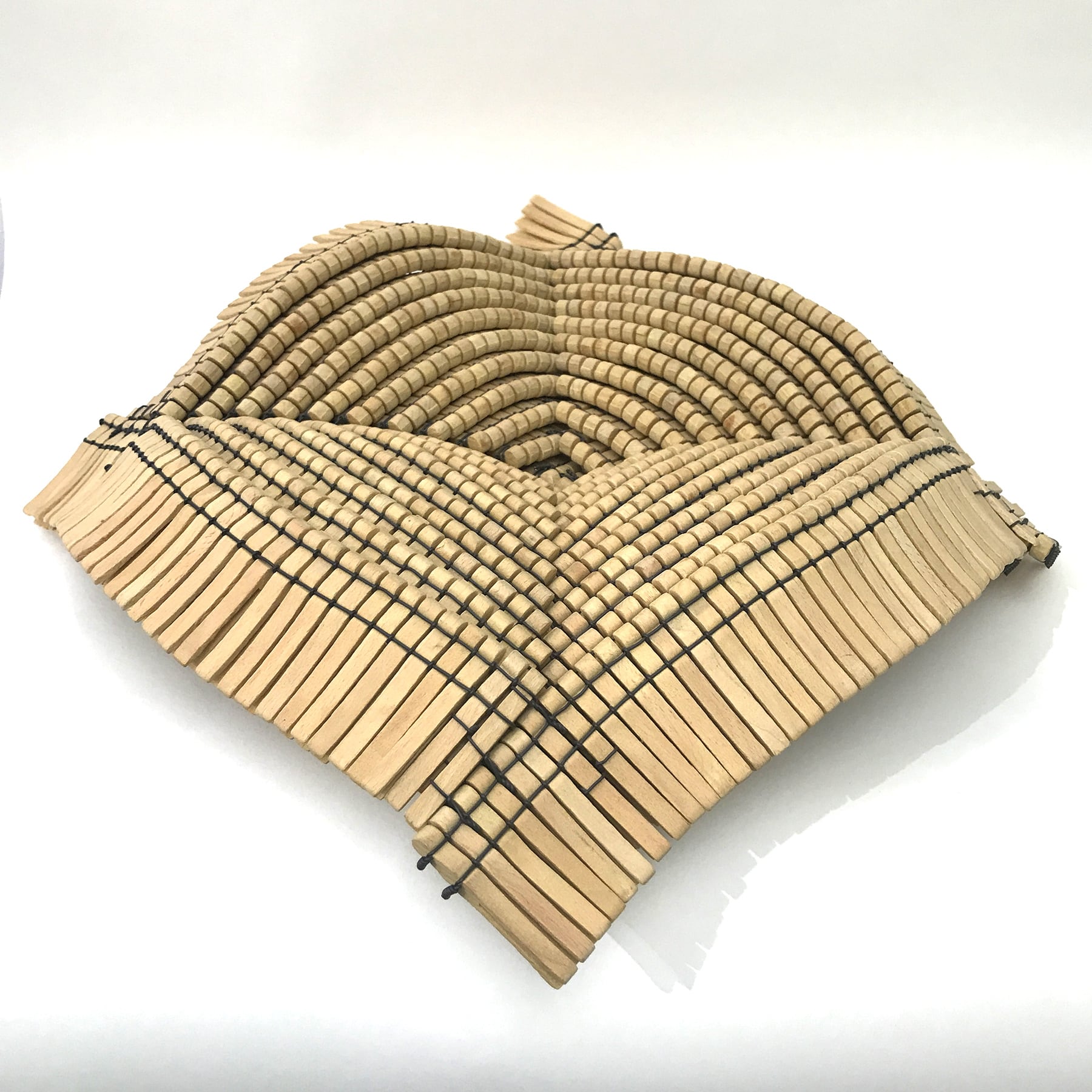
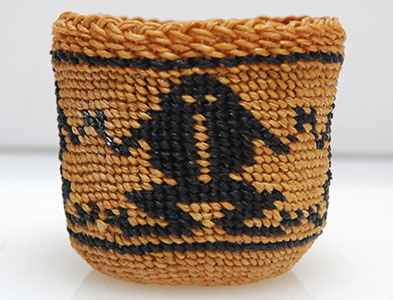





The Craft in America Center is supported, in part, by the Los Angeles County Board of Supervisors through the Los Angeles County Department of Arts & Culture. www.lacountyarts.org

Glassblowing – Crackle
Glass artist and art instructor at Punahou School, Mark Mitsuda demonstrates crackling, a technique where cracks are added to the surface of the glass by dunking it in water and reheating it, as well as adding color to his glassblown piece. Bonus video from the TEACHERS episode
Glassblowing with Hugh Jenkins
Glass artist and founder of Punahou School‘s glass program, Hugh Jenkins demonstrates his glass process. Bonus video from the TEACHERS episode
Who Inspires You?
“Having come from a family of my mother who is a really powerful black female and my grandmother who was an educator, who was really a powerful black female…So I feel like it’s something I am really compelled to carry on.”
– Alison Saar
LESSON OVERVIEW
In this lesson students will learn about the artists Alison Saar, Betye Saar, and Maddy Leeser whose works are inspired by the artist Simon Rodia as well as their deep interest in history, identity, and African American culture, whose style encompasses a variety of personal, artistic, and cultural references that reflect their own experiences. Their sculptures, installations, assemblages, and prints incorporate found objects including wood, old tin ceiling panels, nails, shards of pottery, glass, fabric, photographs, and other objects from popular culture. The resulting figures and objects become powerful totems exploring issues of gender, race, heritage, and history.
Grade Level: 7–12
Estimated Time: five or more 45-minute class periods
Craft In America Theme/Episode: INSPIRATION
DOWNLOAD SUPPORTING MATERIAL
HOME
Full Guide & Worksheets
Background Information
Lesson Overview
Teaching Tips
for Teachers
Further Information
Resources for Teaching
Vocabulary
Vocabulary & Key Terms
Discussion Questions
for Students
Worksheet #1
for Students
Worksheet #2
for Students